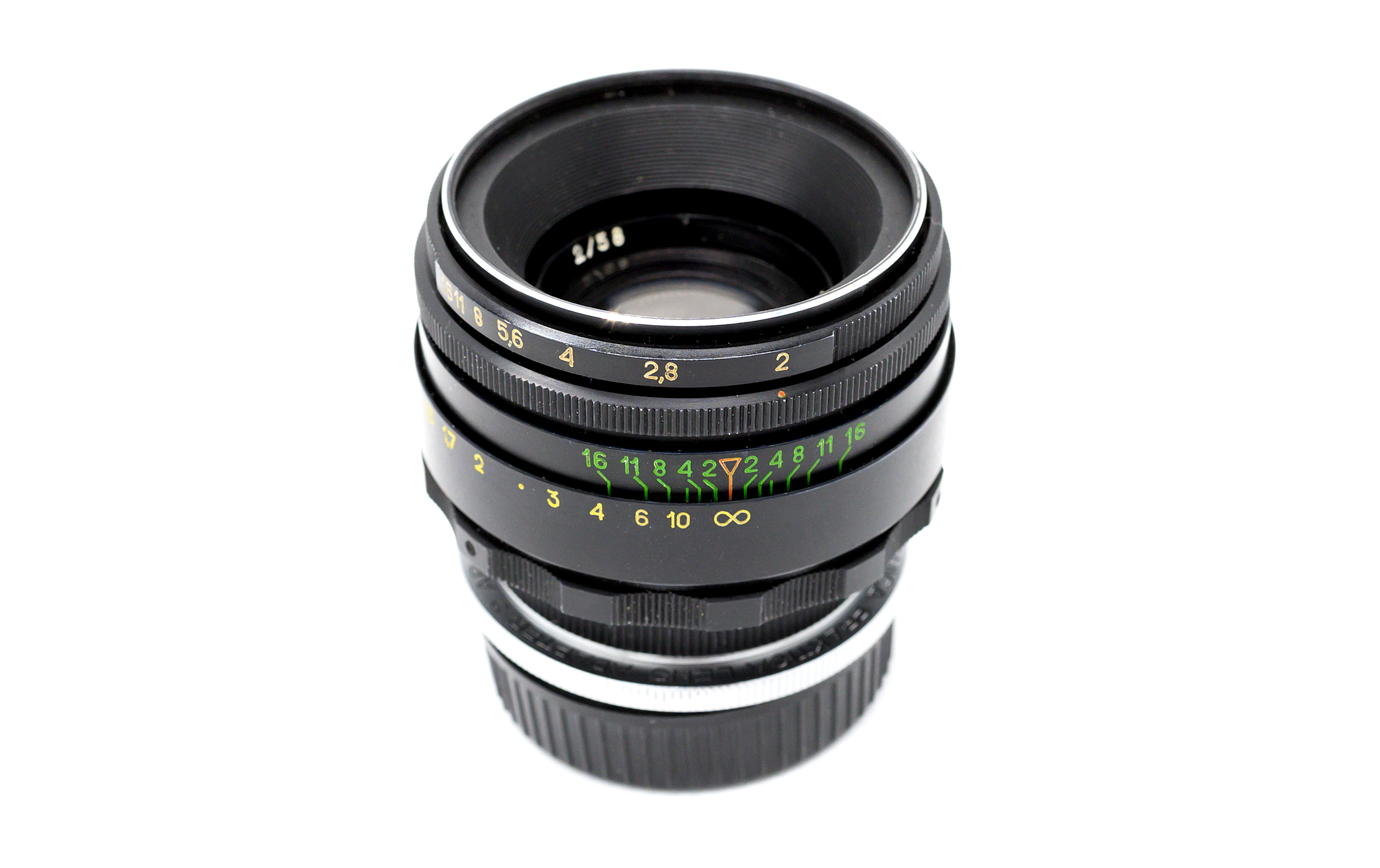
Call me crazy, but I prefer 50mm lenses to be good at everything. A modern 50mm lens should produce exceptional shots at all apertures. Today, this is the case. But it was not always the case.
As an initial matter, I really do not understand the hoopla about Soviet lenses. So many internet reviews declaring X, Y, or Z Soviet lens the “King of _____.” I remain skeptical of these claims. In no way do any mass-produced Soviet 35mm lenses come close to being among the best overall optics of the 1950s, 1960s, 1970s, or 1980s. Constantly reminding people that our Helios 44-2, for example, is a “Zeiss Biotar” copy does not somehow improve its performance. The “Biotar” represented a pre-war attempt by Zeiss to create a fast, workable, high-performance modified Double Gauss design (as opposed to the Zeiss Sonnars that became the gold standard in 50mms and short telephotos from the 1930s until the mid-1950s). In 1953, with the help of some rare earth elements, Leica finally produced a decent Double Gauss concept in its Version 1 50/2 Summicron. From that point onwards, the modified Double Gauss design for 50mm lenses has reigned supreme. In the West, we generally call the design “Planar” (West German) and not “Biotar” (East German / Soviet bloc).
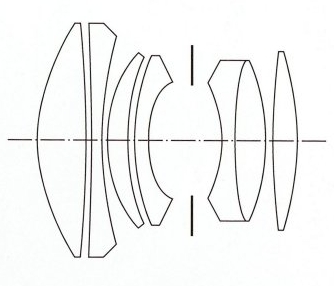
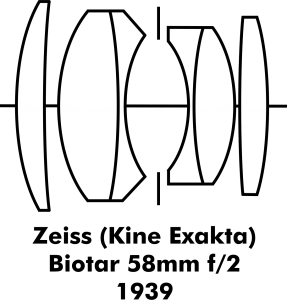
Originally a cinema camera lens developed by Zeiss in the late 1930s, Zeiss Jena (East Germany) continued to produce its 58mm f/2 “Biotar” in various manual and semi-automatic versions for M42-mount Contax and Praktica SLRs until about 1960. (Check the links here for some nice write ups on the original Zeiss Jena lens). Starting in 1958, the Soviets began produce the “Helios 44” which was a Biotar derivative but made in Zenit’s then-proprietary bayonet mount as well as in M39 (not compatible with Leica, however). The Soviets did not do much to improve upon the original Zeiss design until they started multi-coating the optics years later.
The mid-1960s Helios 44-2 shares the same design as the prior 44 but was made only in M42 mount for the new generation of Soviet Zenit SLR cameras — the “E” and the “B.” Our example appears to have produced in 1982 by the Valdai Optical-Mechanical Factory. It appears that 44-2s were produced until the end of the 1980s. By the early 1970s, the Soviets were producing another version of the Helios called the “44M” — a lens that has standard automatic aperture operation — for the “Zenit EM” series. The Soviets continued to make different versions of the “44M” for decades. Reportedly, the last series (the 44M-7s) are the best performers.
Specifications
Lens Design: 6 elements in 4 groups
Filter Size: 49mm
Weight: 230 grams
Minimum Focus: 0.5 meters
Lens Mount: M42
Operation
The 44-2 is designed for “stop down” mode. Thus, you have to open the lens to maximum aperture to focus effectively, and then stop the lens down to your actual desired aperture on your own by rotating a ring at the front of the lens. A separate click-ring at the front of the lens allows you to select the maximum aperture, allowing you to move a separate ring to actually select the aperture within the chosen range. For instance, you can choose a minimum aperture of f/5.6, which permits you ultimately to chose any aperture at f/5.6 or wider, but not smaller. Most older M42 camera bodies operate this way. It really slows down the process. By contrast, the 44M series operate in normal aperture priority mode with the appropriate compatible M42 camera body.
Performance
For the film shots, we used our shutter-priority Konica FC-1 with the appropriate M42 to AR adapter. Konica AR bodies are some of the only film camera platforms that can natively use M42 lenses from minimum distance to infinity. The ability to meter M42 lenses in stop down mode is a big plus. On digital, we used a Nikon Z6 with a Konica AR adapter with all automatic corrections turned off.
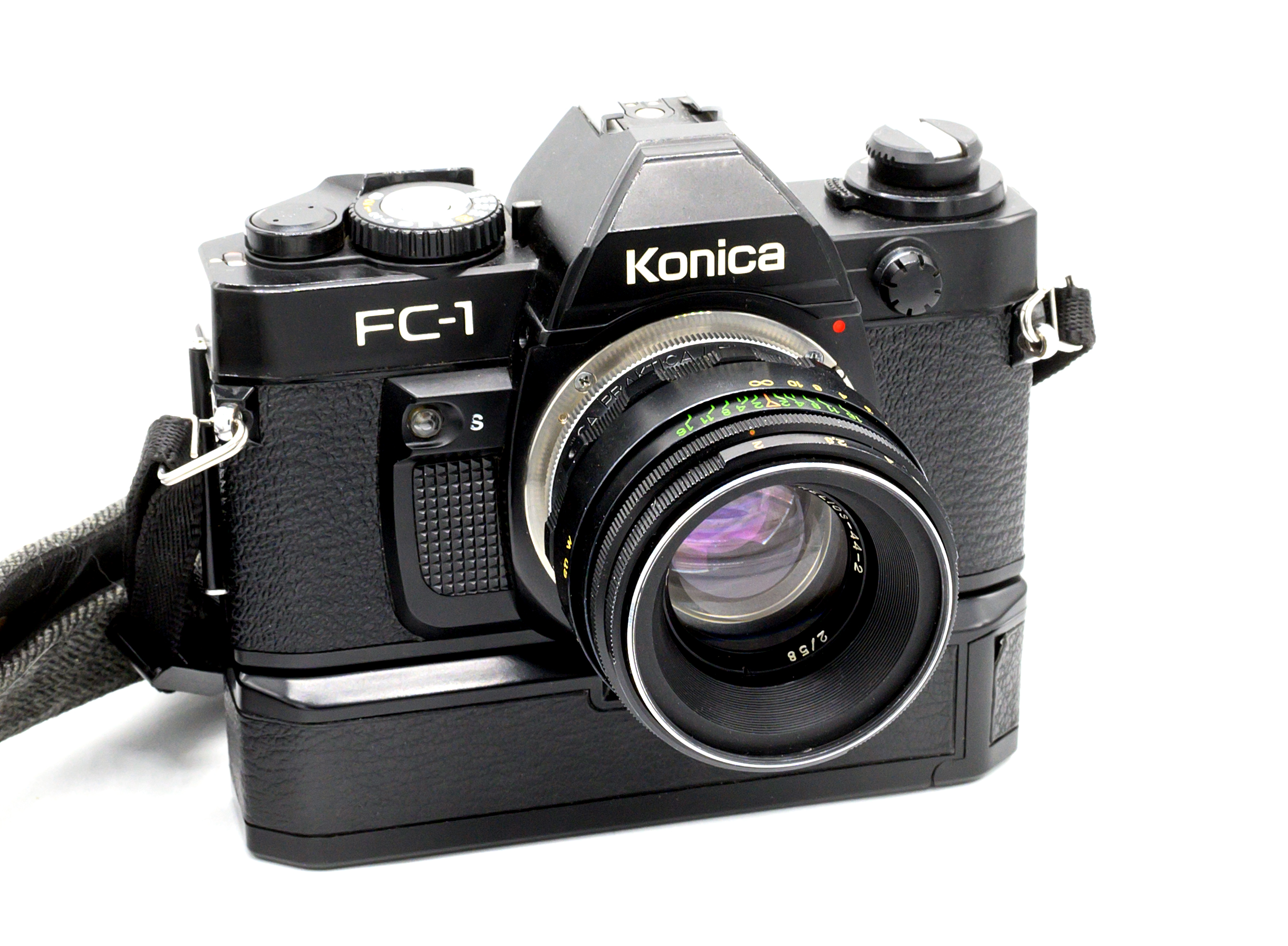
The Helios 44-2 has a distinctly “warm” look through an SLR viewfinder. This is probably due to the lens coating used.
Digital Examples
To put the lens of the Helios 44-2 in perspective, we will compare it head-to-head with a contemporary — the 1962 non-Ai Nikkor 50/1.4 lens. The Nikkor is considered to be one of the better 50mm SLR lenses of the early to mid 1960s and seems to be a good comparator to determine whether the 44-2 can compete as an “all-around” 50mm lens. We are using a reproduction of the “Eighth Plan of Paris” (the City as it stood in 1705) as a target.
Helios 44-2 at f/2


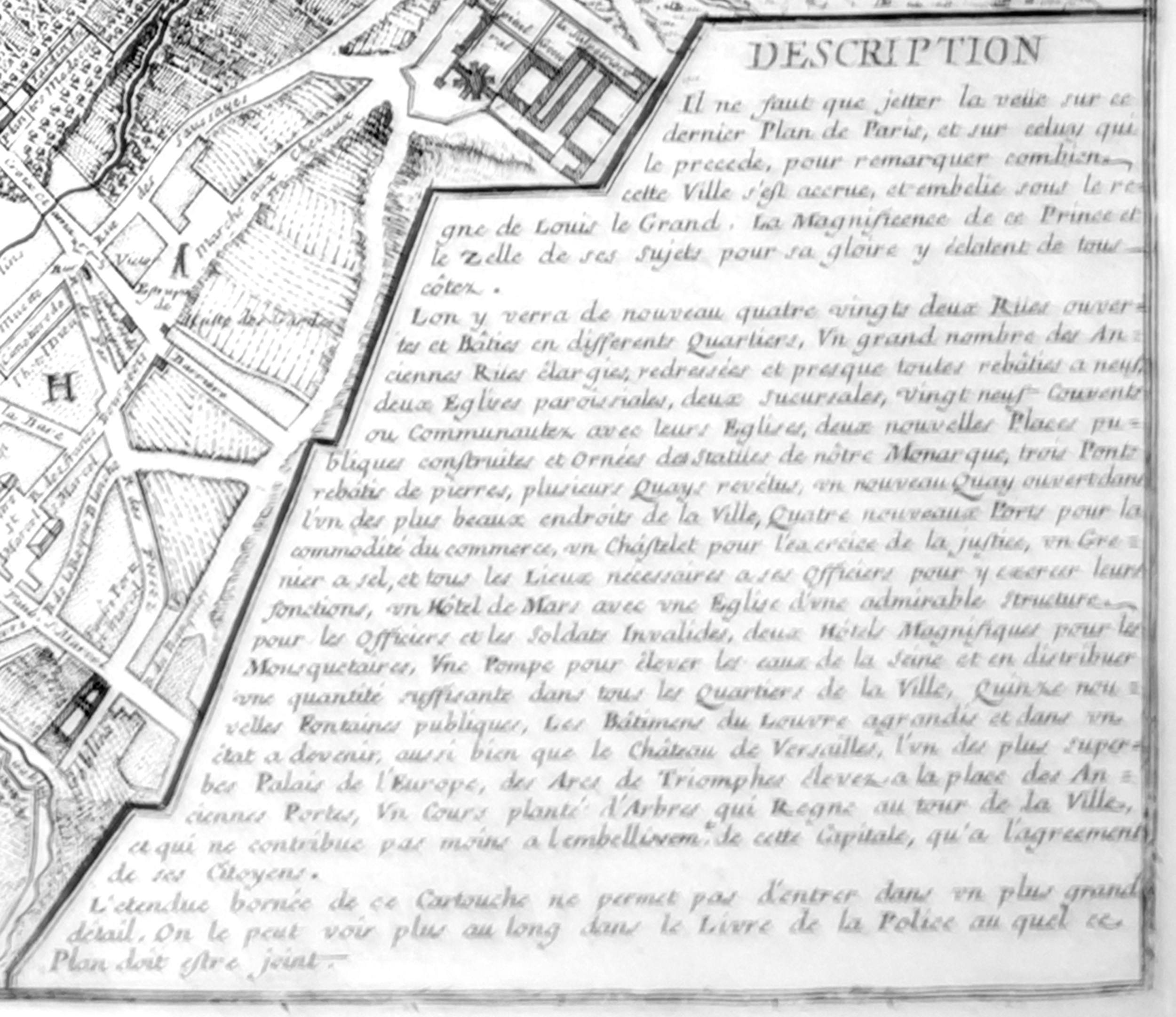
As you can see, center sharpness looks pretty good and pretty much maxes out the 24 megapixel sensor. However, the corners quickly fall apart in terms of contrast and resolution. The corners are very bad compared to any modern lens. It also appears to my eyes to demonstrate slight pincushion distortion.
Nikon 50/1.4-S.C. at f/2
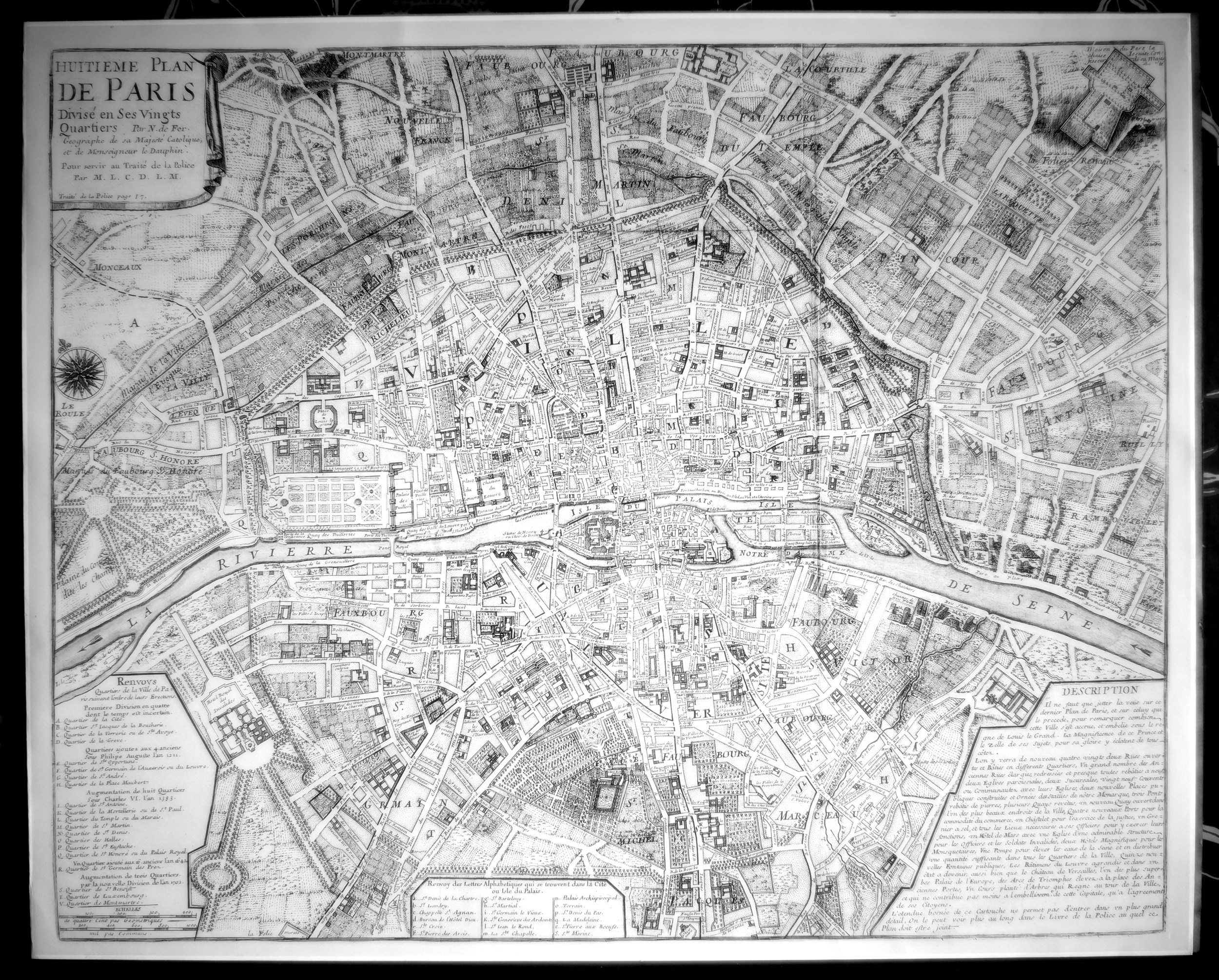
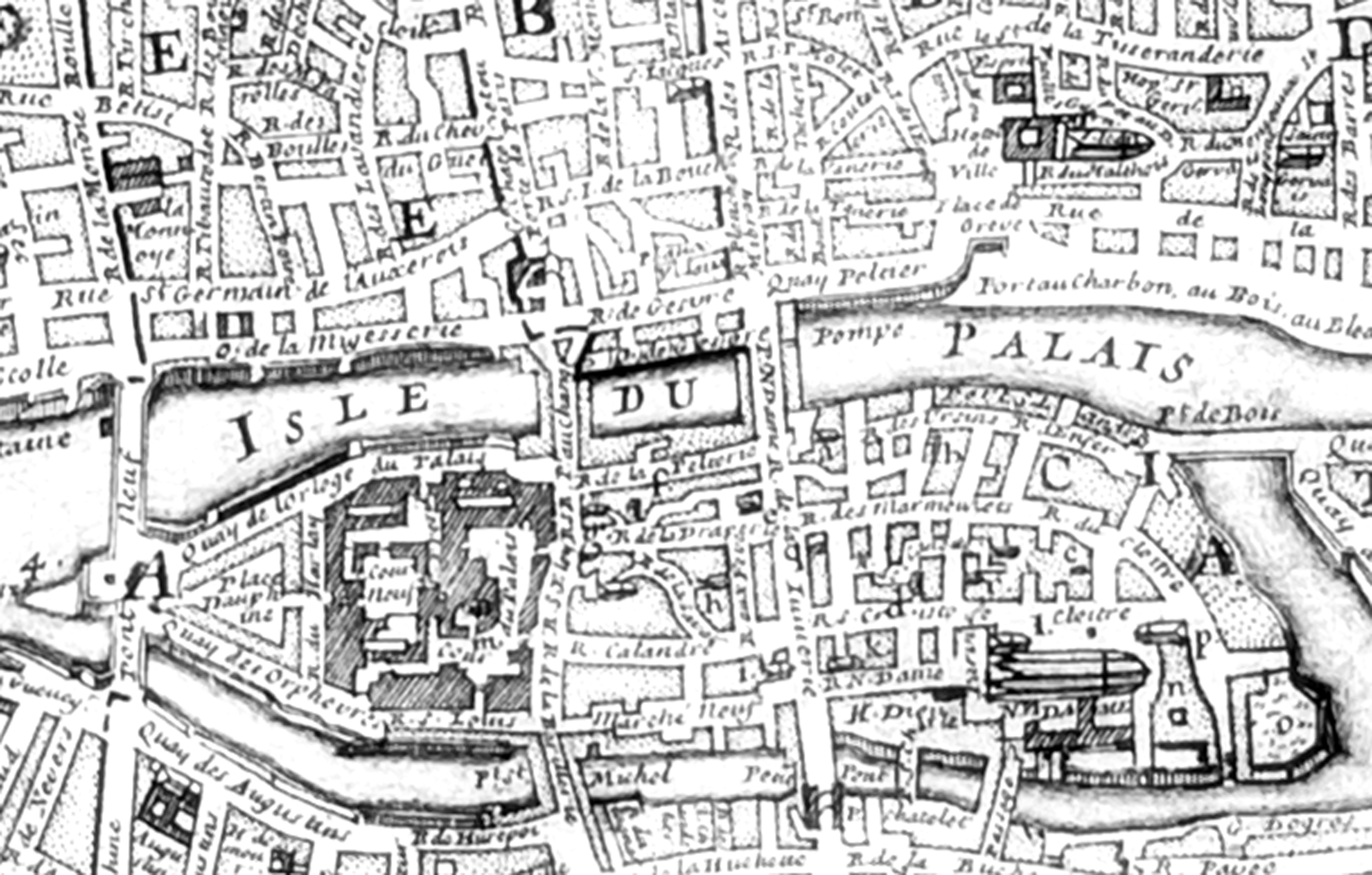
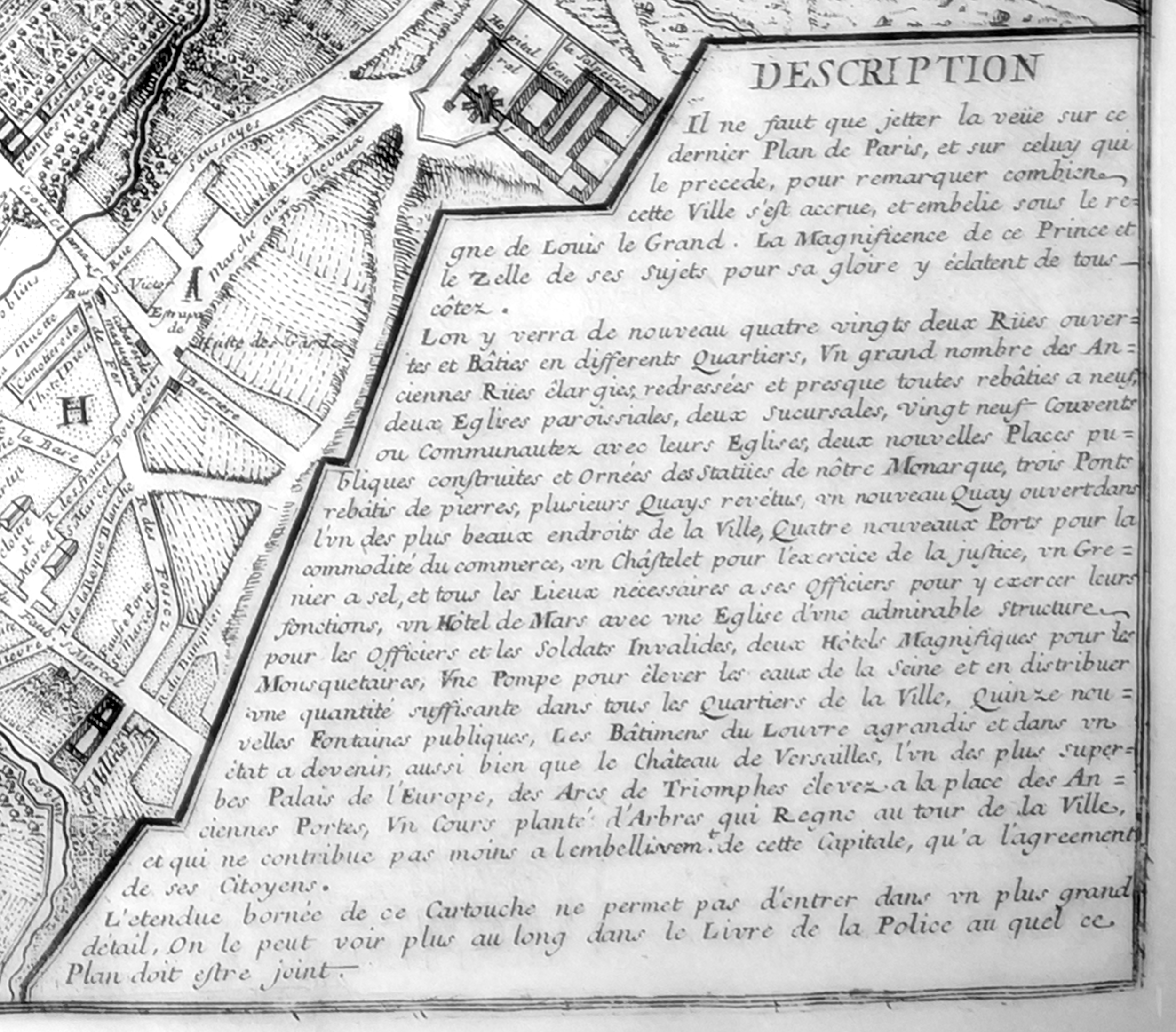
At f/2, the Nikon definitely demonstrates some barrel distortion. It actually appears to have lower contrast in the center than the Helios. However, despite the barrel distortion, the corners below the Helios away in terms of resolution, contrast, and light fall-off.
Helios 44-2 at f/2.8
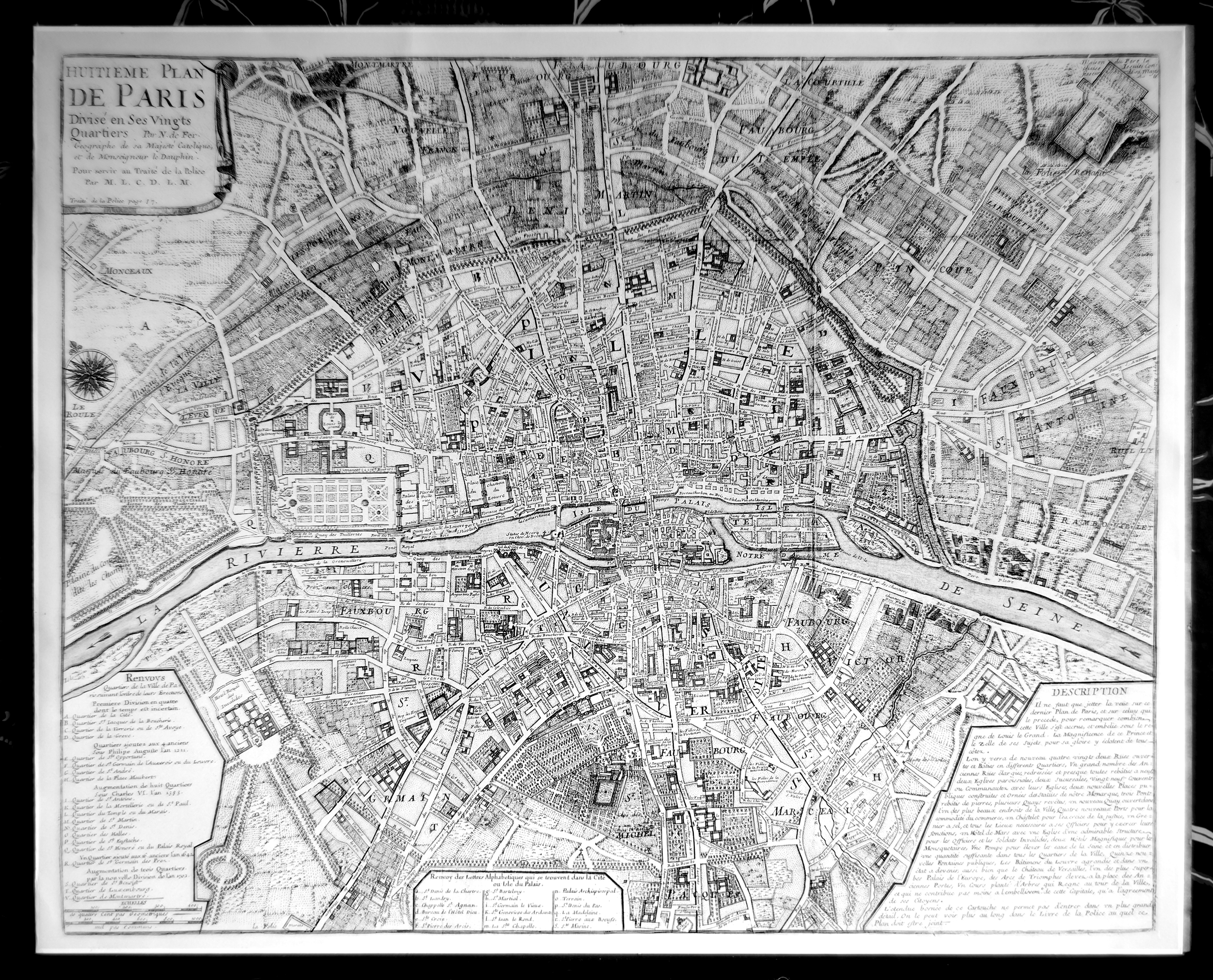
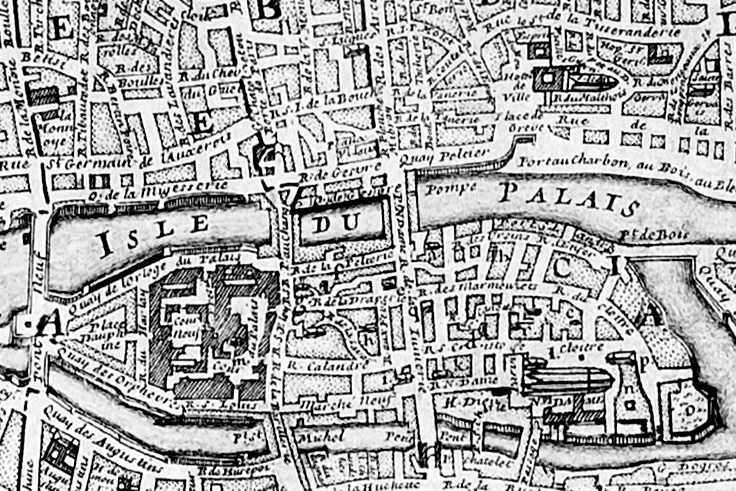
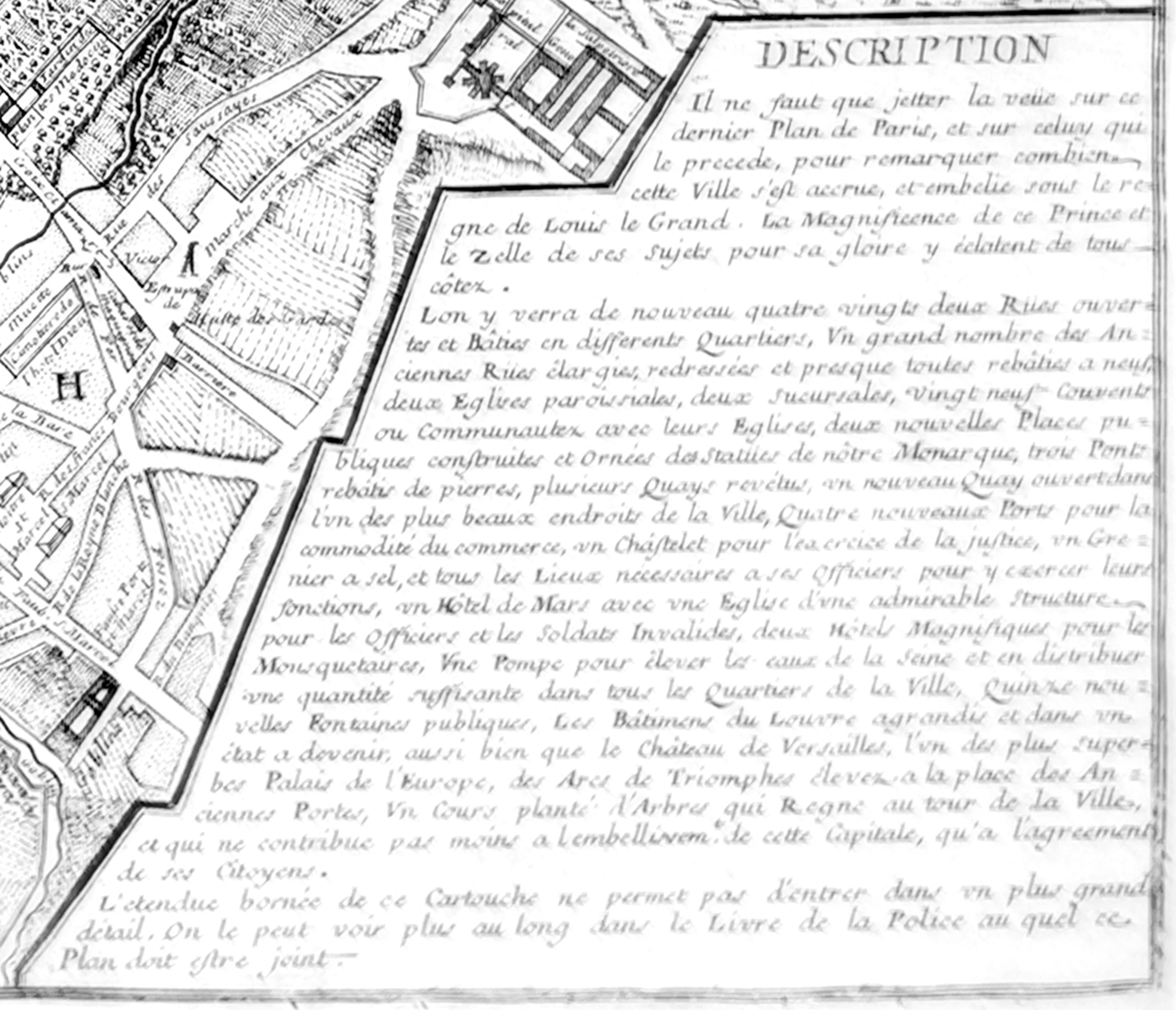
Much better at f/2.8. The center resolution and contrast is slightly higher. The corner light fall off is becoming better controlled. The corner resolution has improved but still very noticeable.
Nikon 50/1.4 at f/2.8
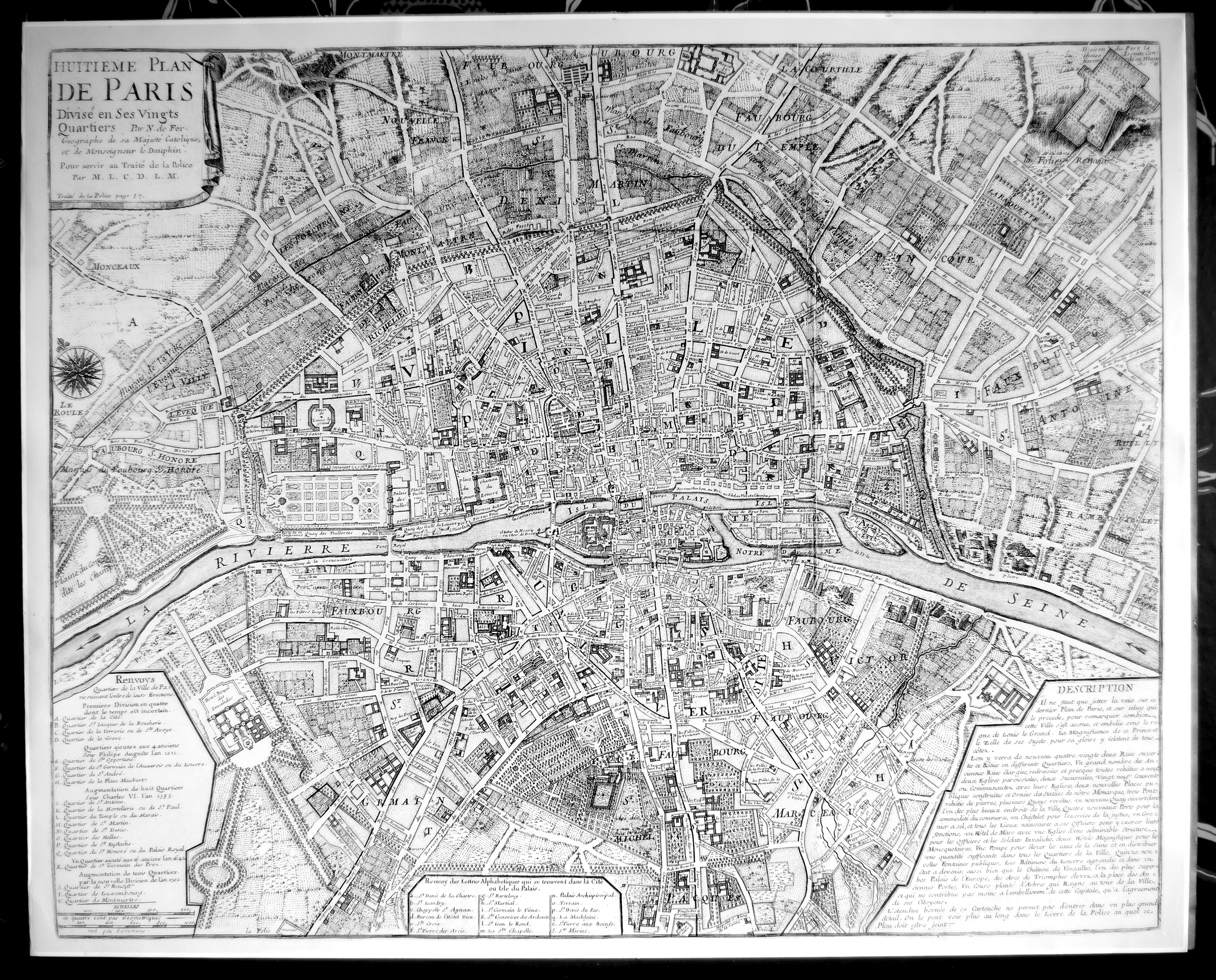
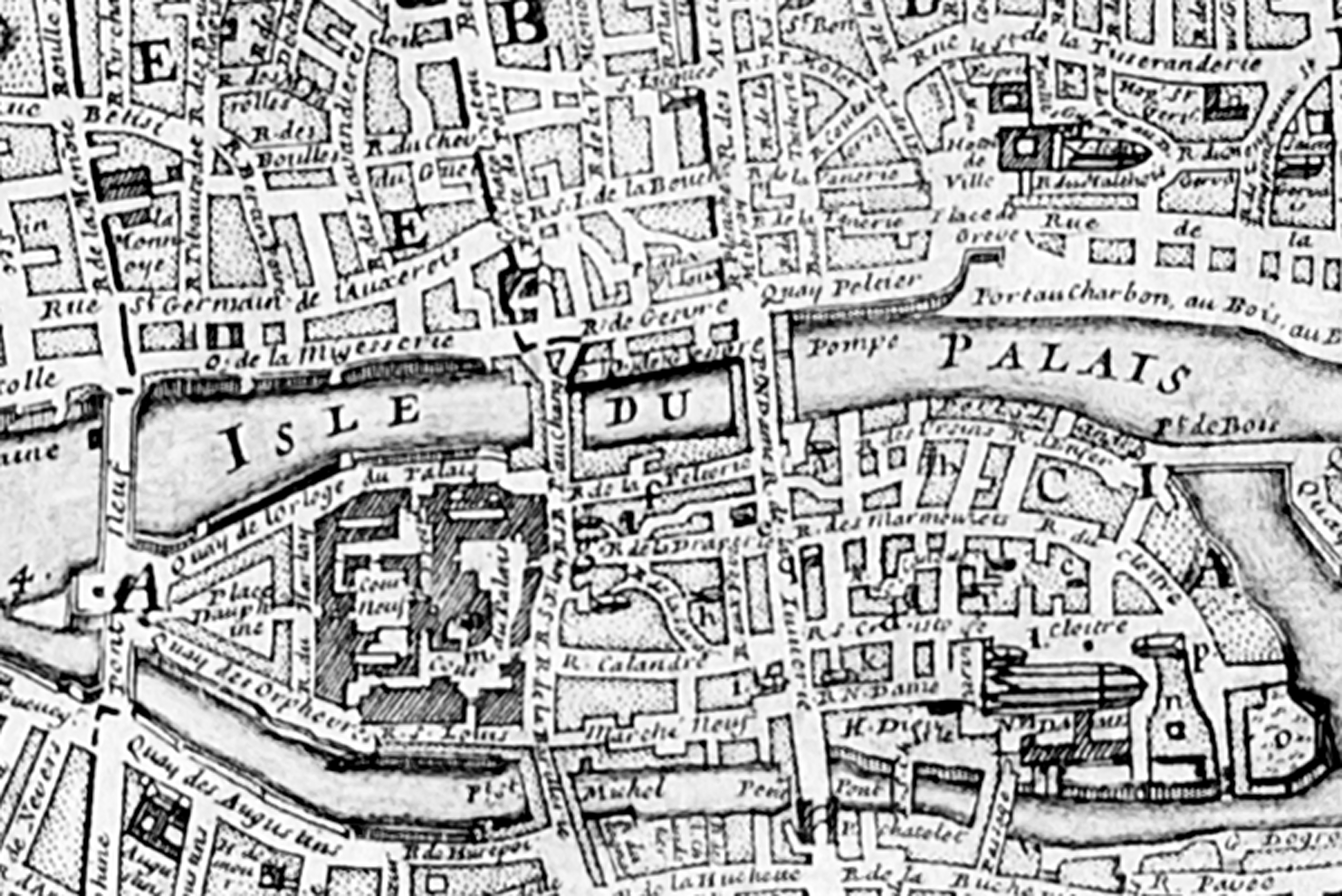
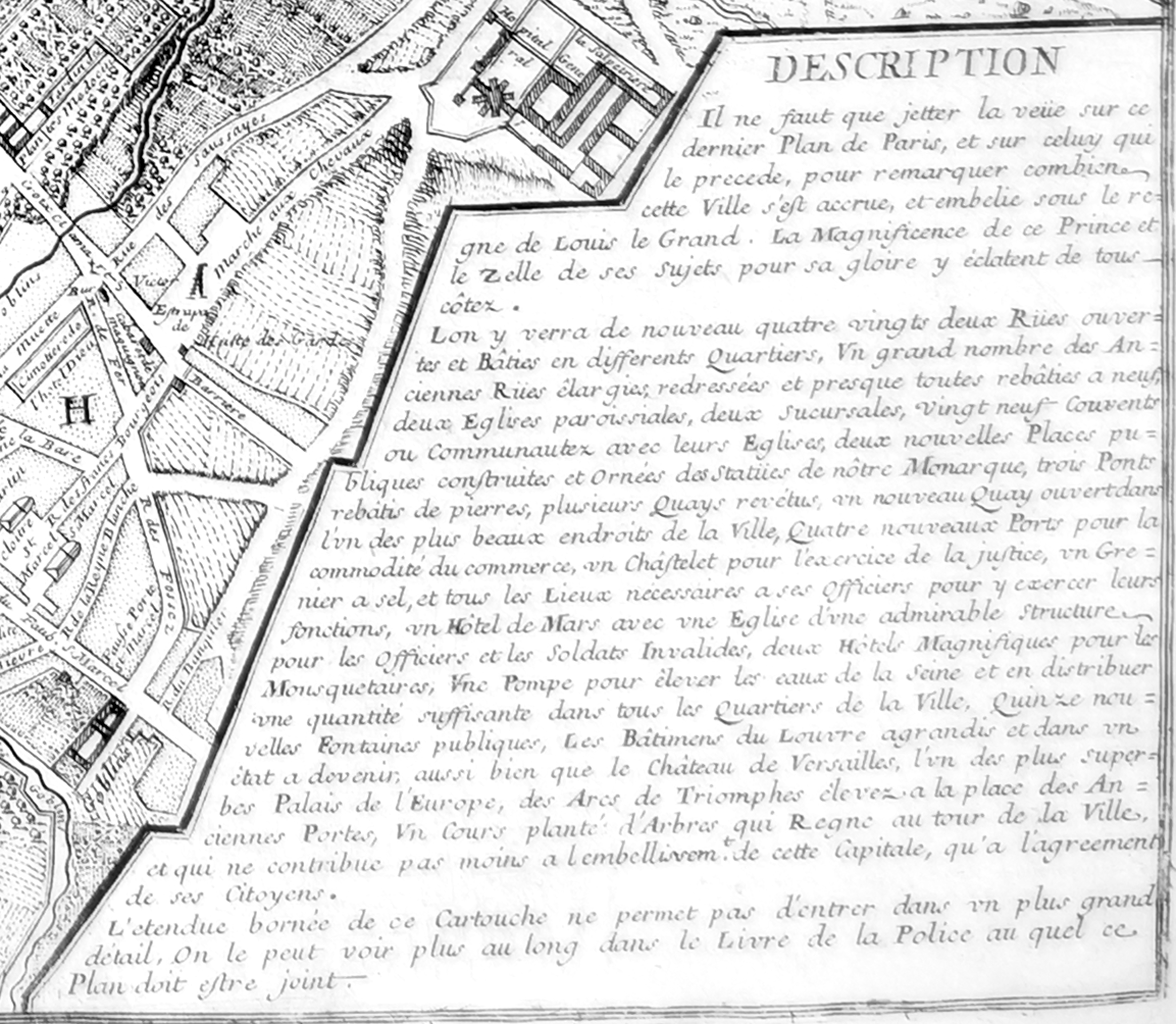
The lenses appear to be neck-and-neck in the center at f/2.8. Remember, however, that the Helios is a longer lens so the Nikon is focusing from further away. We still see some barrel distortion from the Nikon. The Nikon corners again are far, far better resolved than the Helios.
Helios 44-2 at f/4
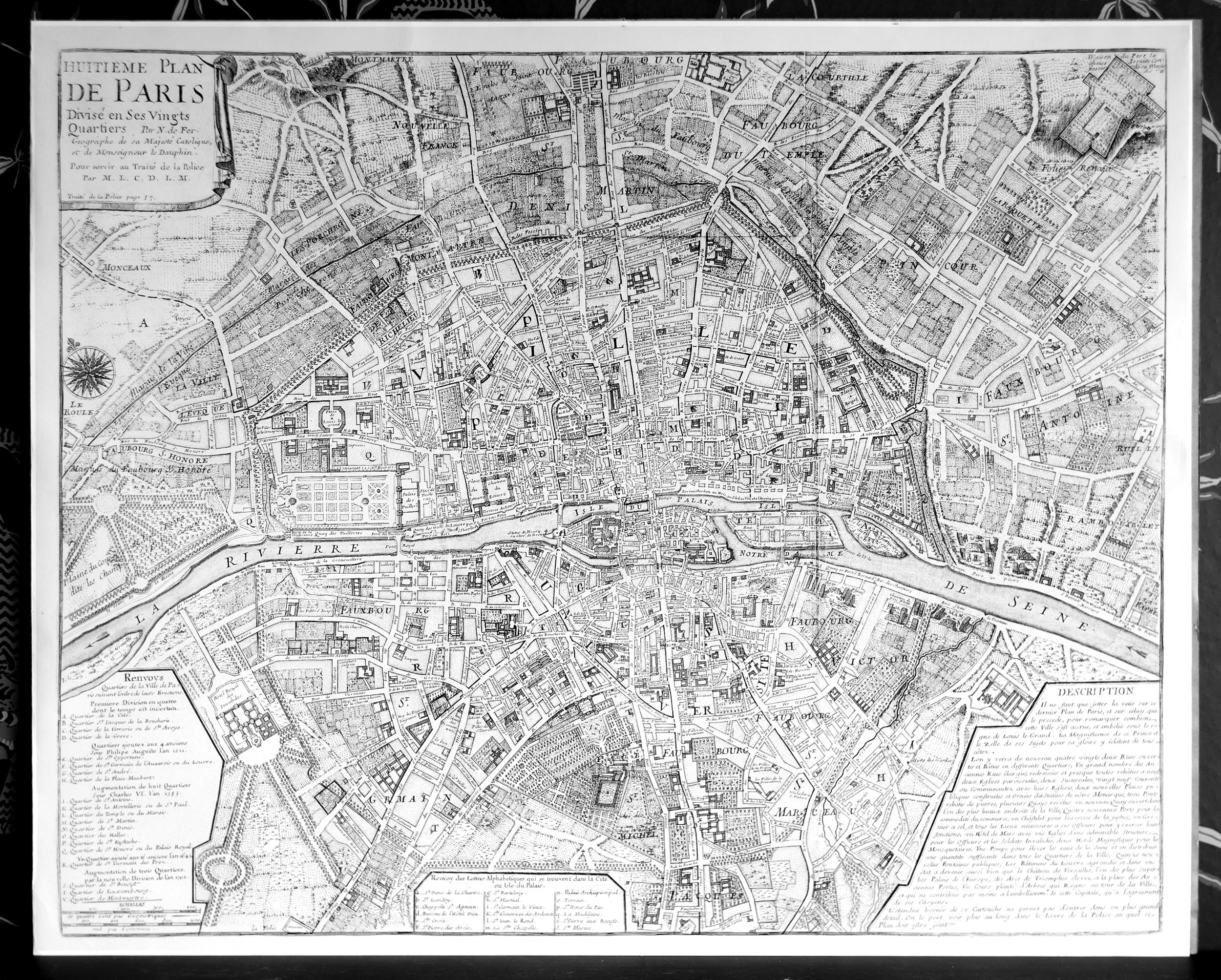
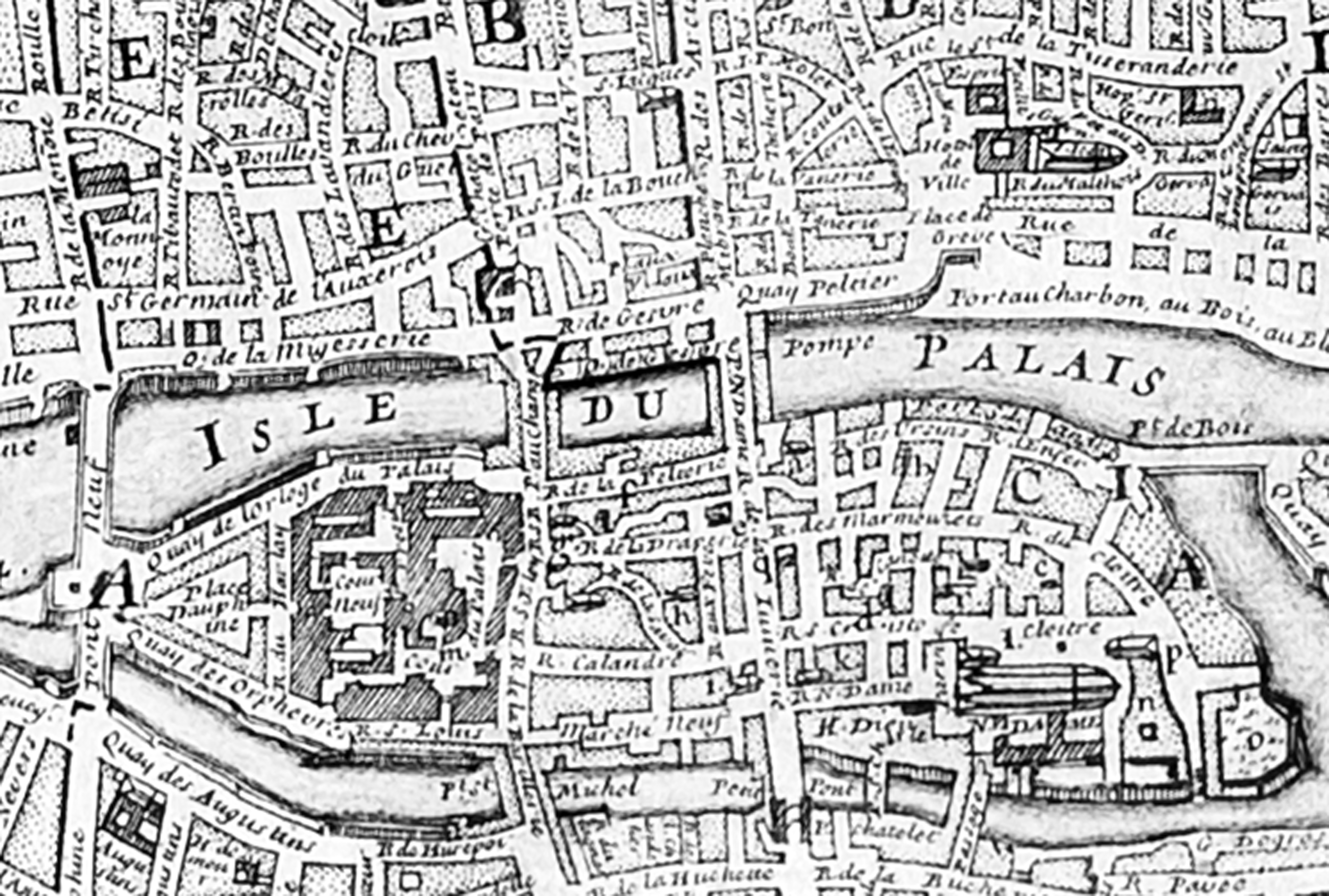
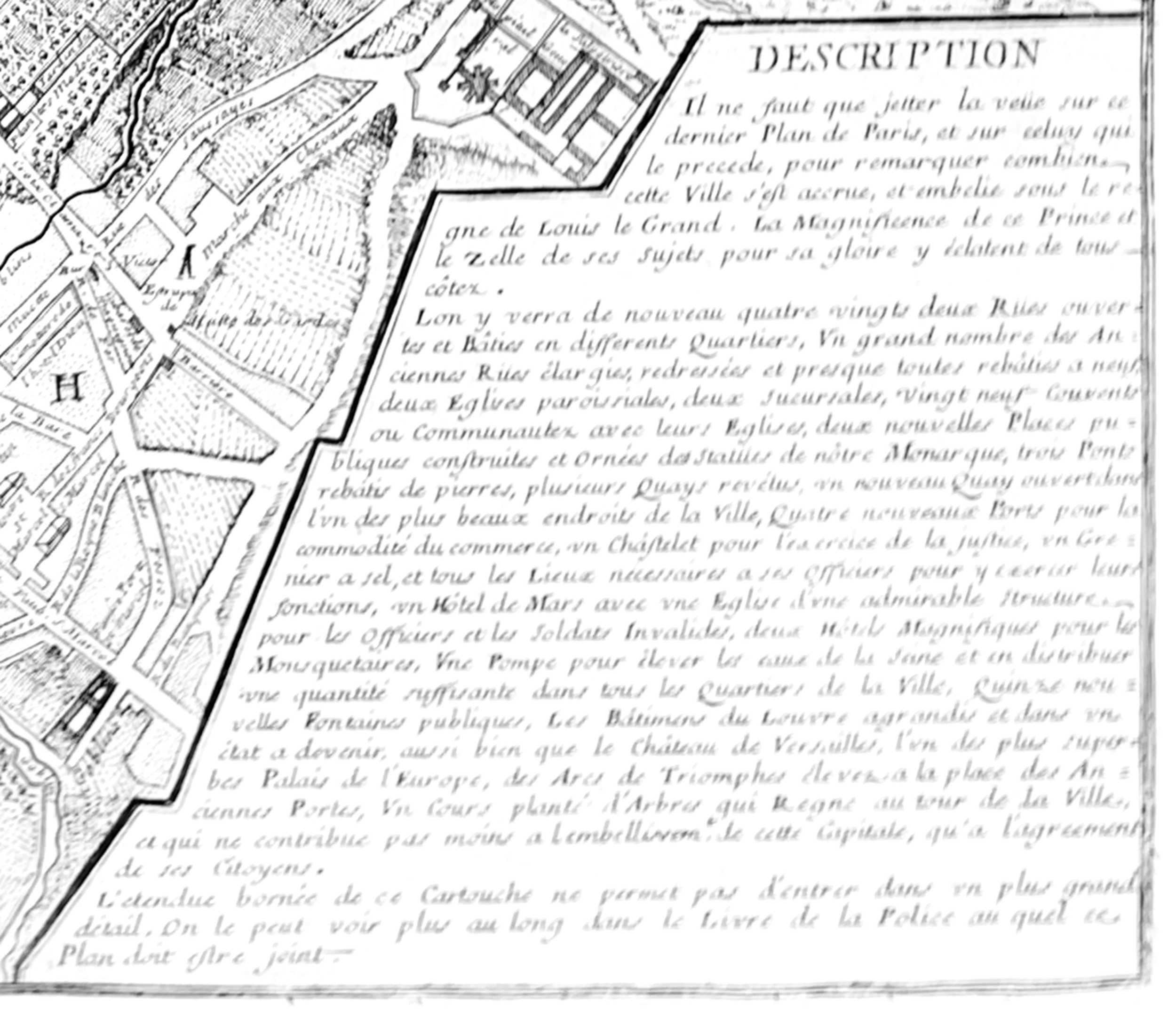
At f/4, we are seeing a slight improvement all over over f/2.8, but not as dramatic as between f/2 and f/2.8.
Nikon 50/1.4 at f/4
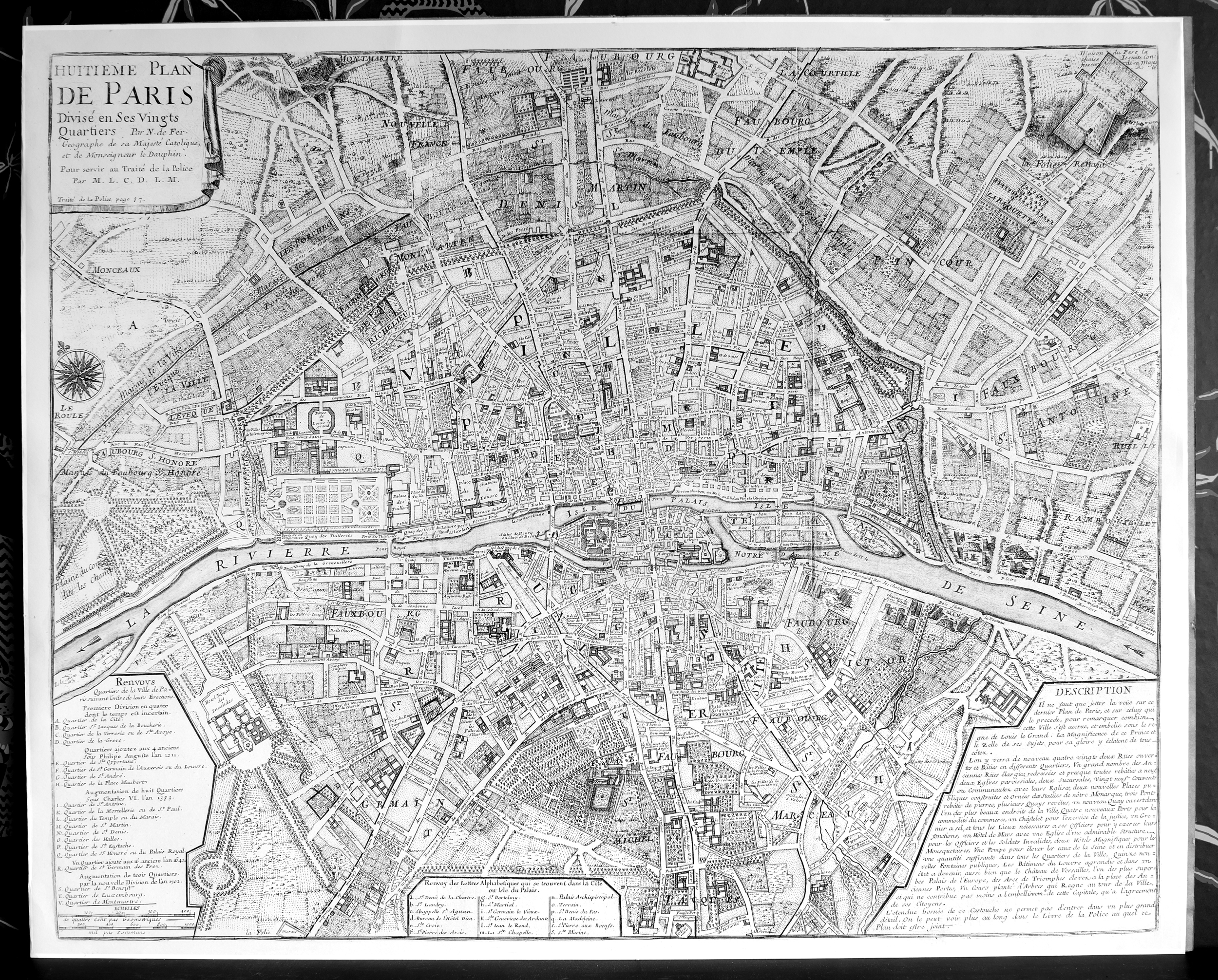

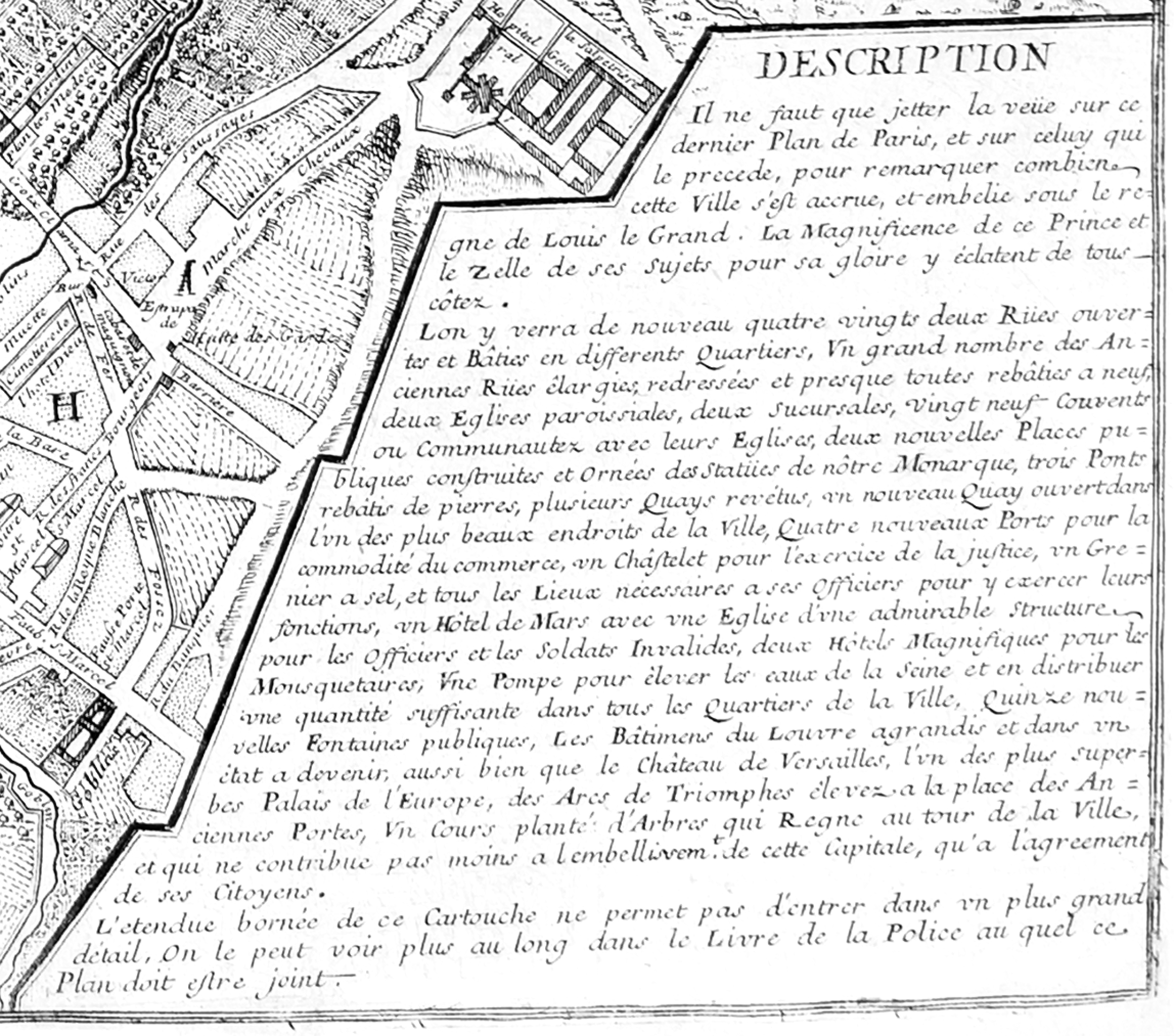
At f/4 and smaller, it is game over. The Nikon has solved most of its distortion issues and is sharp across the entire frame. I would say that on a 24 megapixel sensor, the center is pretty much indistinguishable between the two lenses. However, the Nikon is sharper across the frame at all apertures with much less light fall-off. We will focus the rest of this just on the Helios.
Helios 44-2 at f/5.6
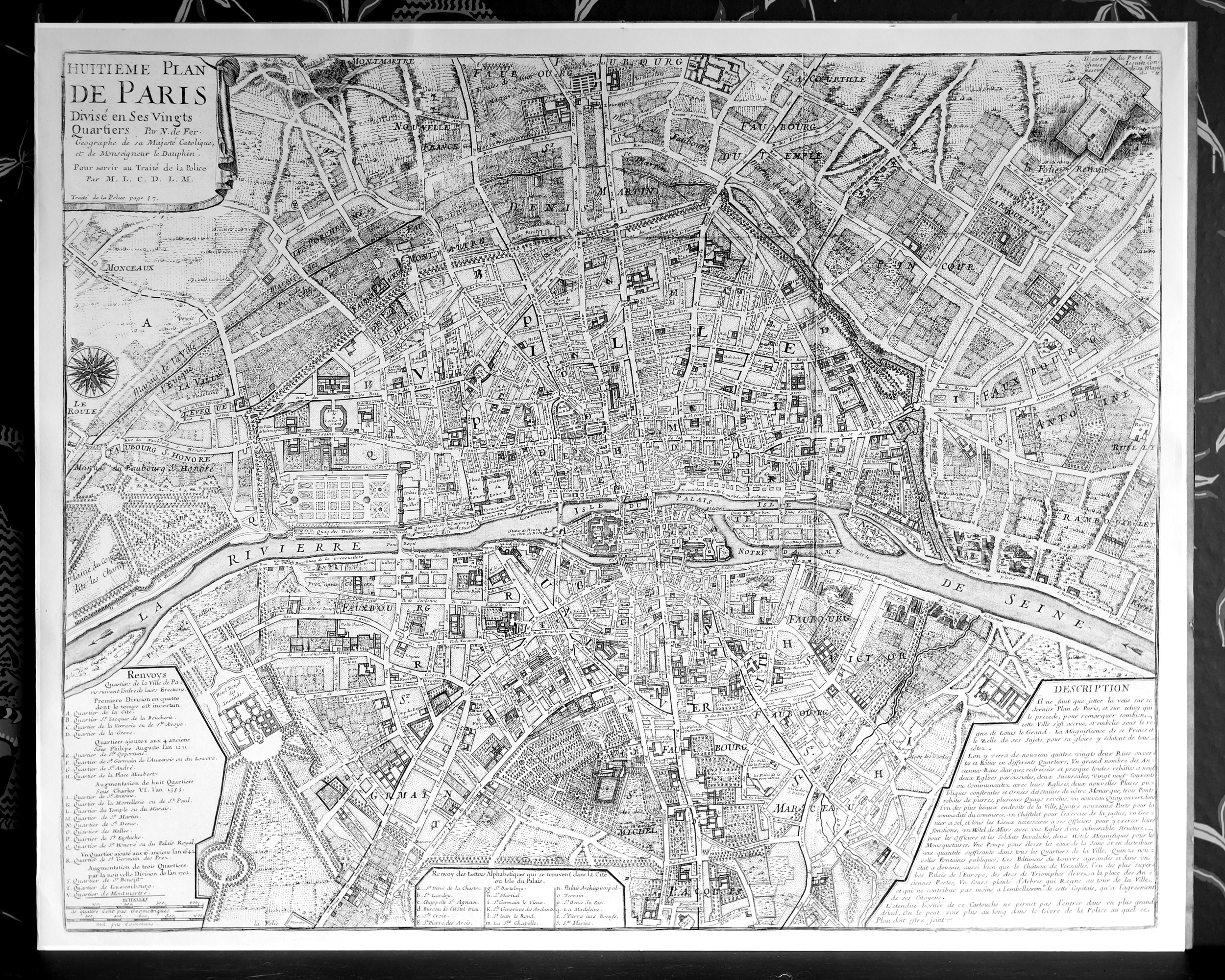

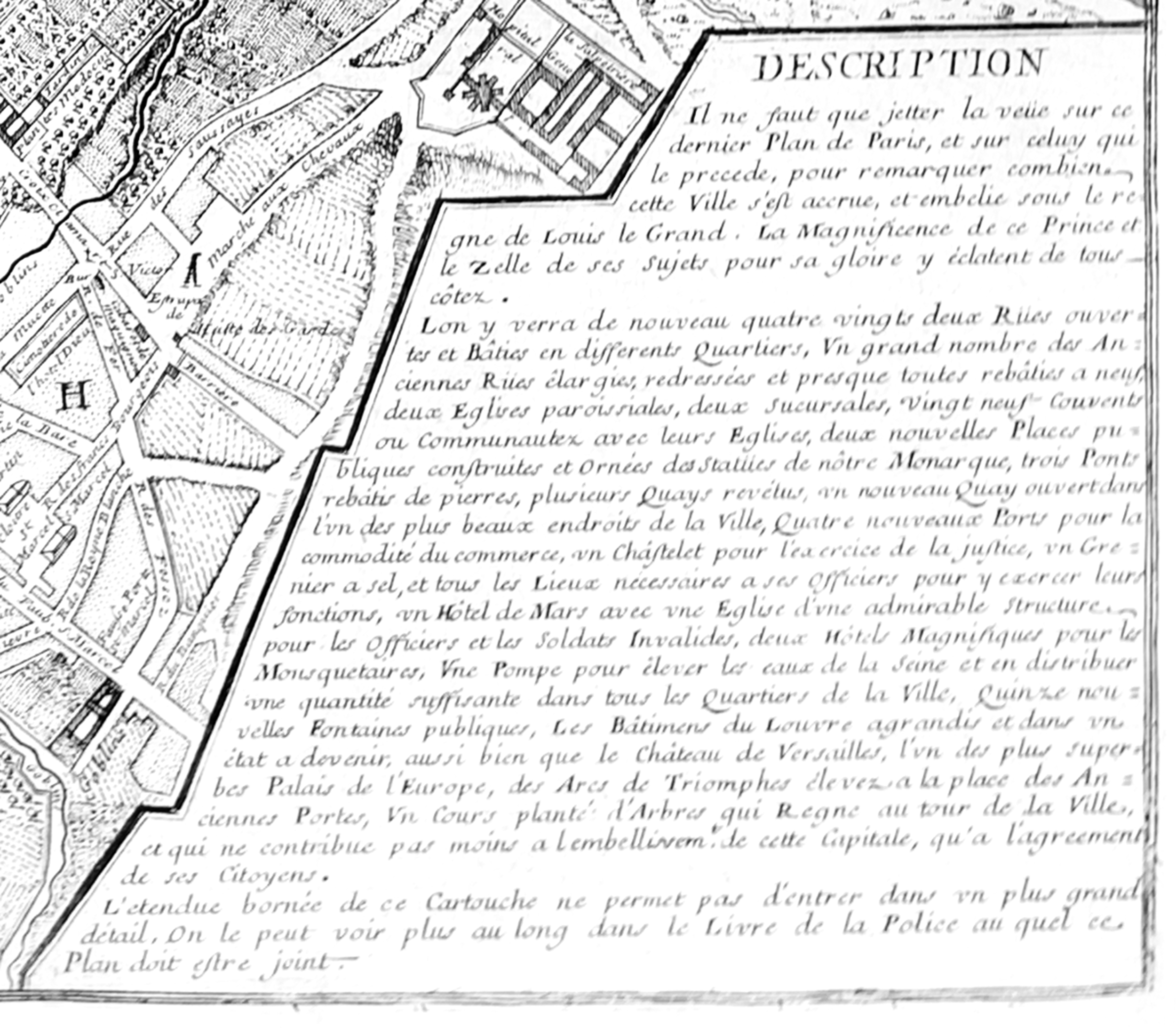
At f/5.6, the Helios 44-2 is getting far better in the corners and with less light falloff. We are still seeing incremental detail and contrast improvement in the center as well.
Helios 44-2 at f/8
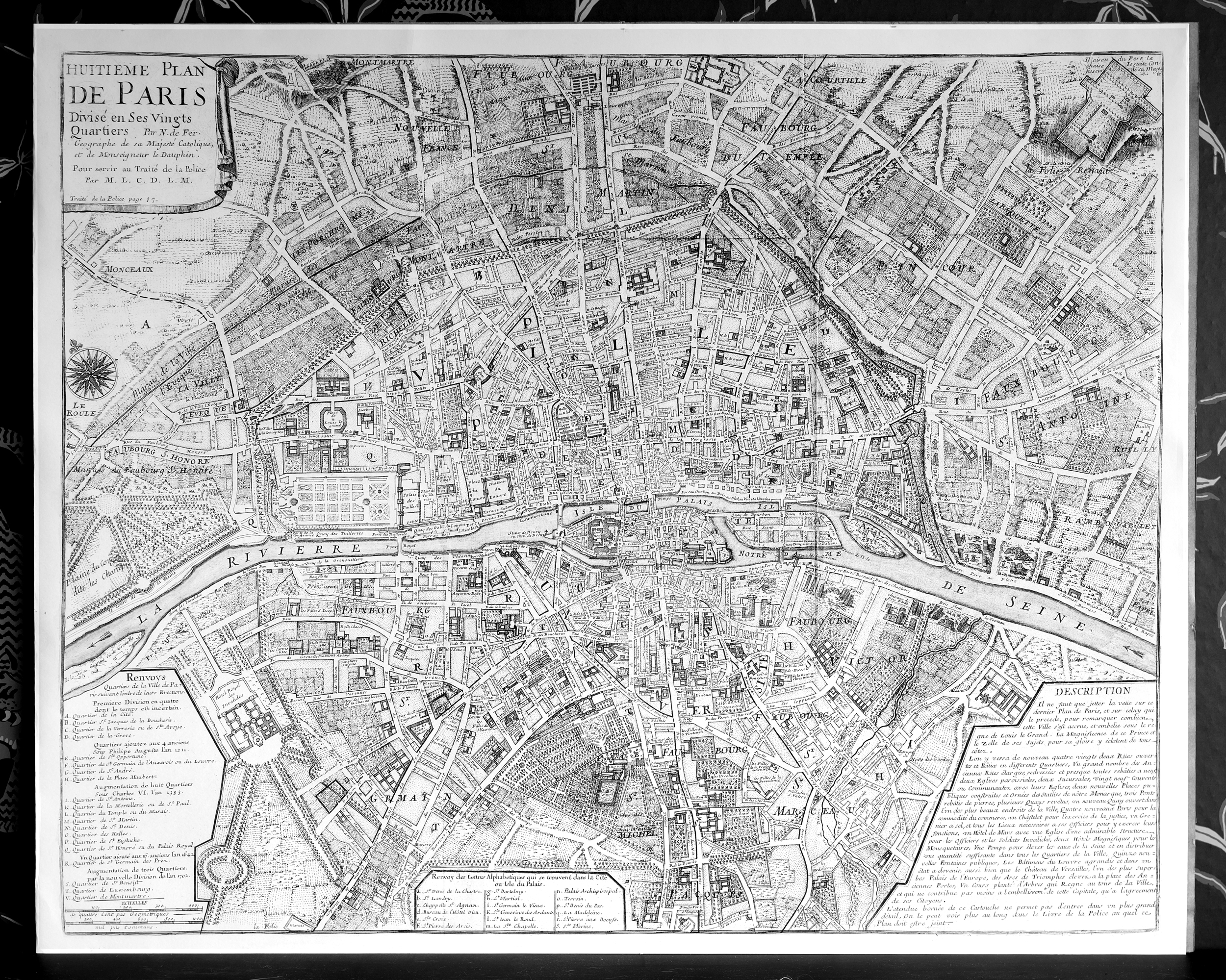

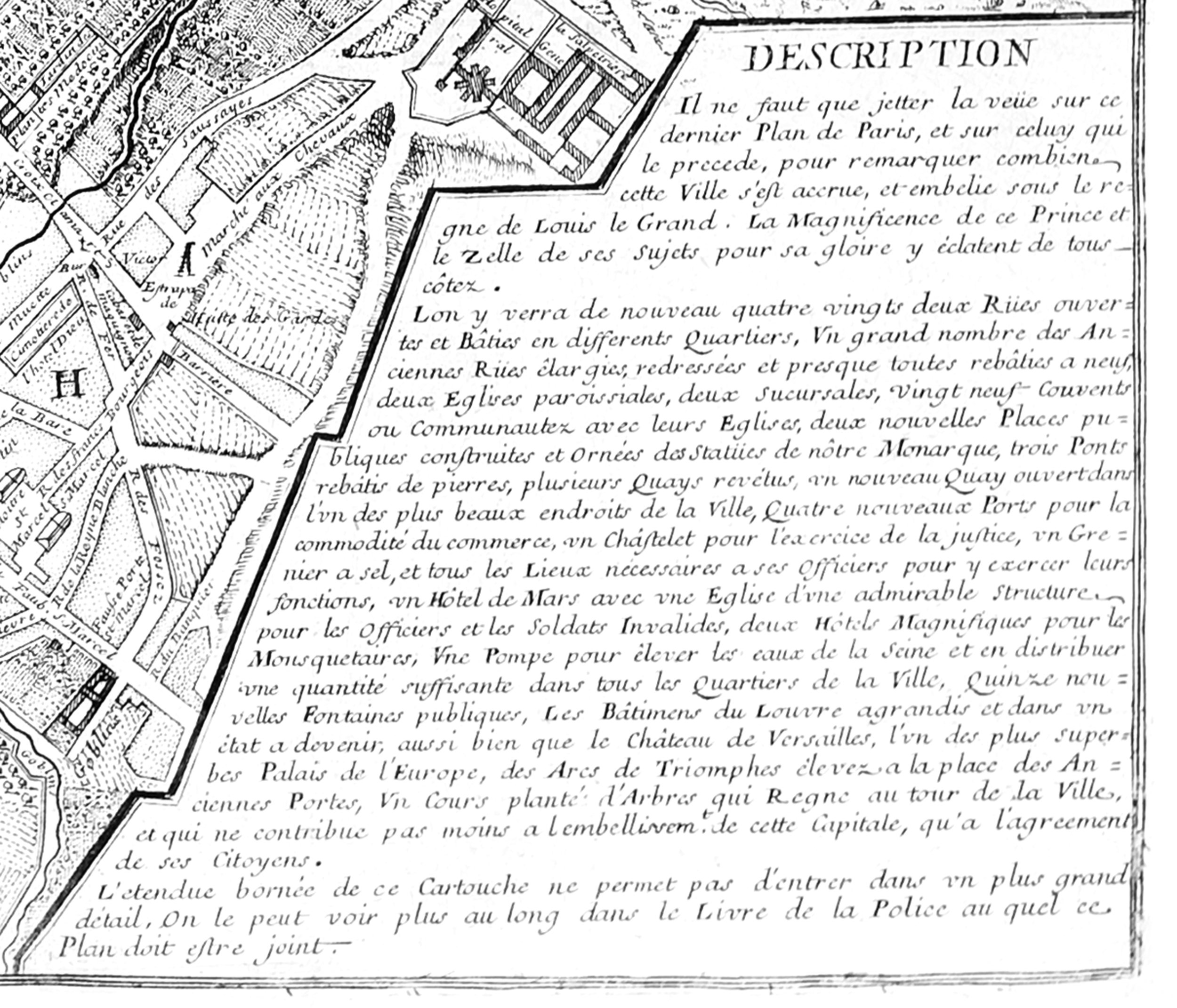
At f/8, we are approaching maximum performance for the lens. The corners are much, much improved. However, the extreme corners still show some fall-off. There is no perceptible improvement in the center over f/5.6.
Helios 44-2 at f/11
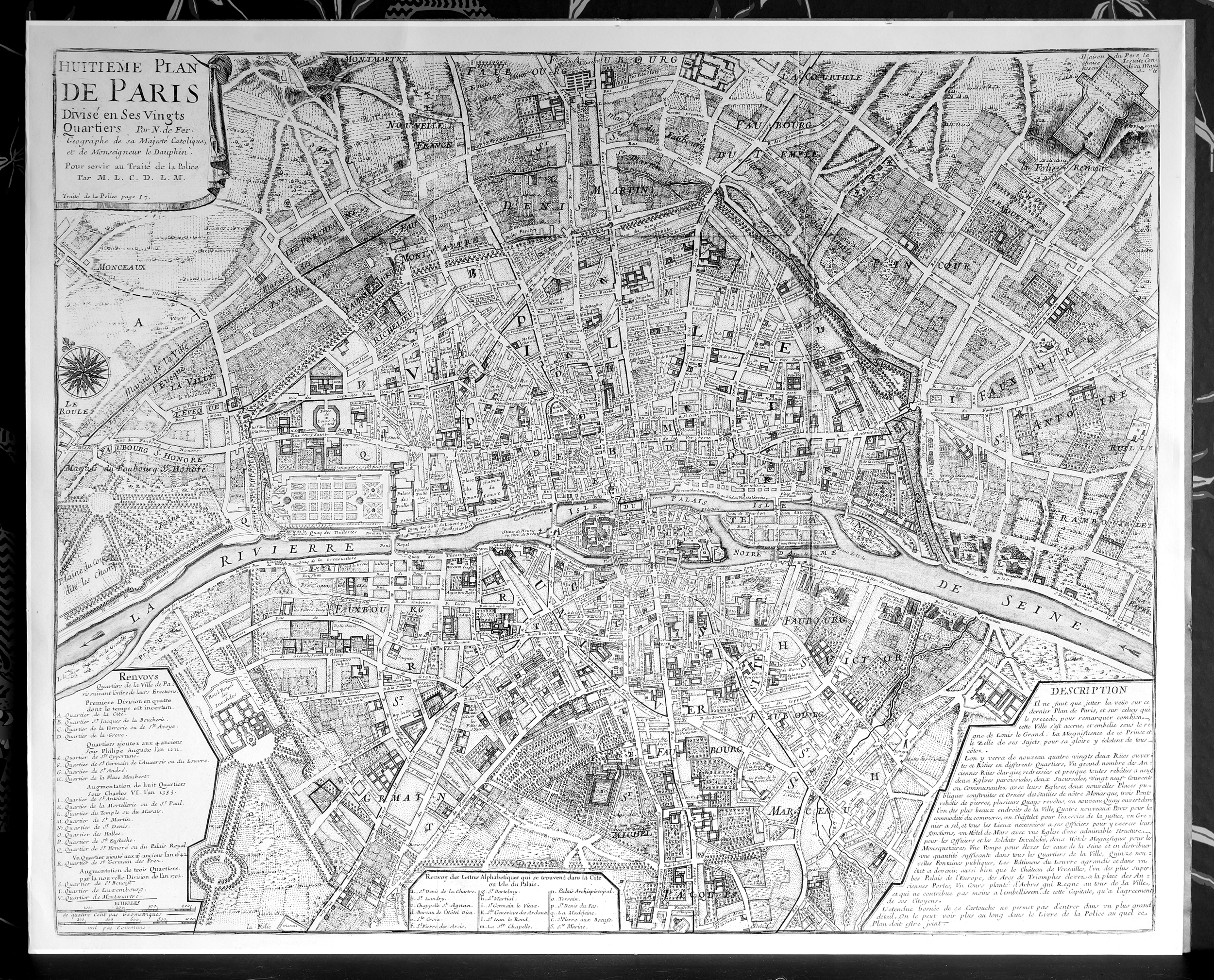

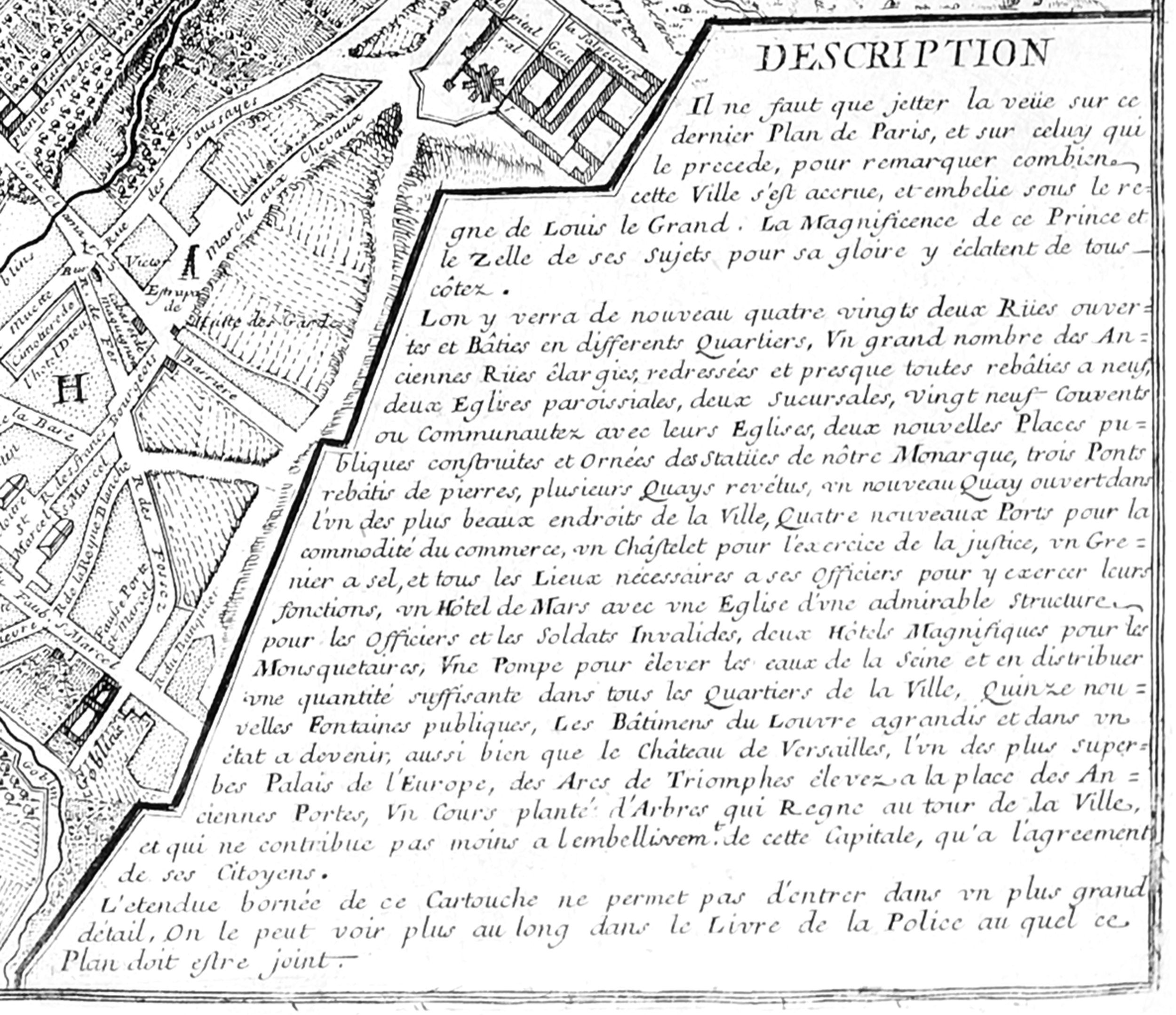
At f/11, the Helios 44-2 is at its best frame-wide — pretty much maxing out the visible resolution of the Z6. No more traces of light falloff and the entire view is in focus.
Film
The 44-2 is a more than capable “standard” lens on film at normal apertures. There is nothing truly outstanding about its performance but, like most standard SLR lenses, it produces nice images. I find the 58mm focal length a bit too “long” for general photography, though. Here are a few examples taken on Ilford XP2.
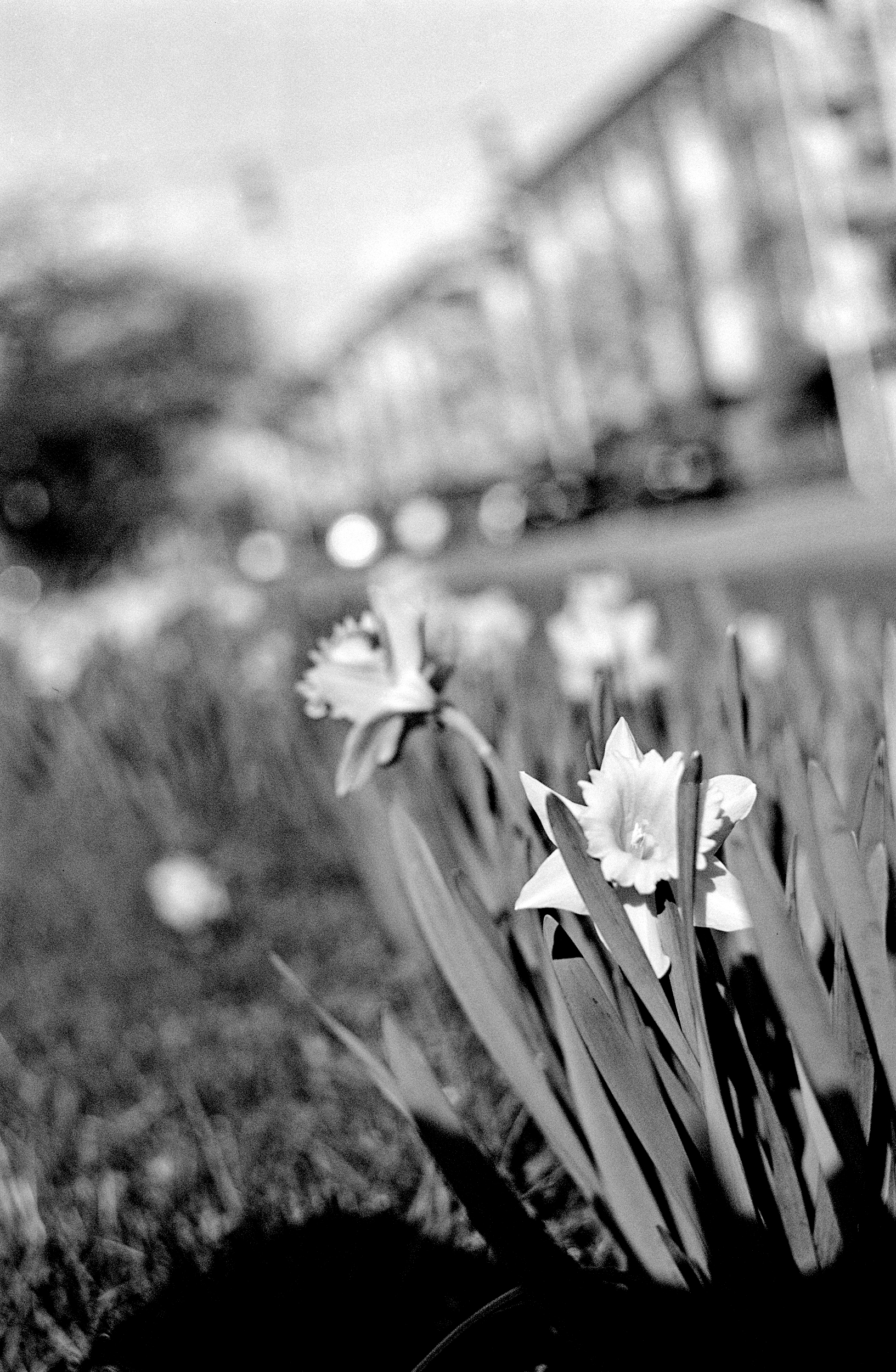
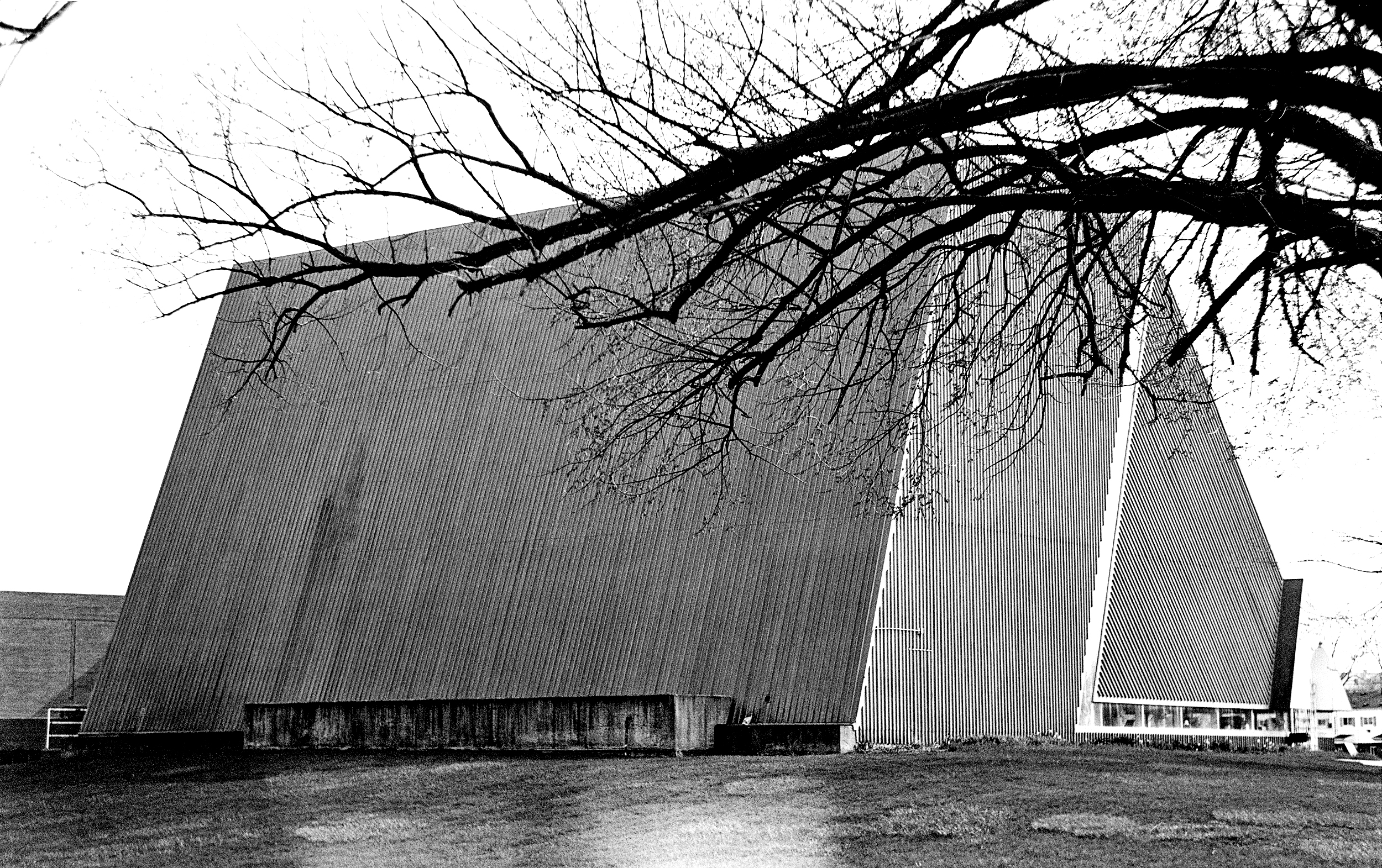
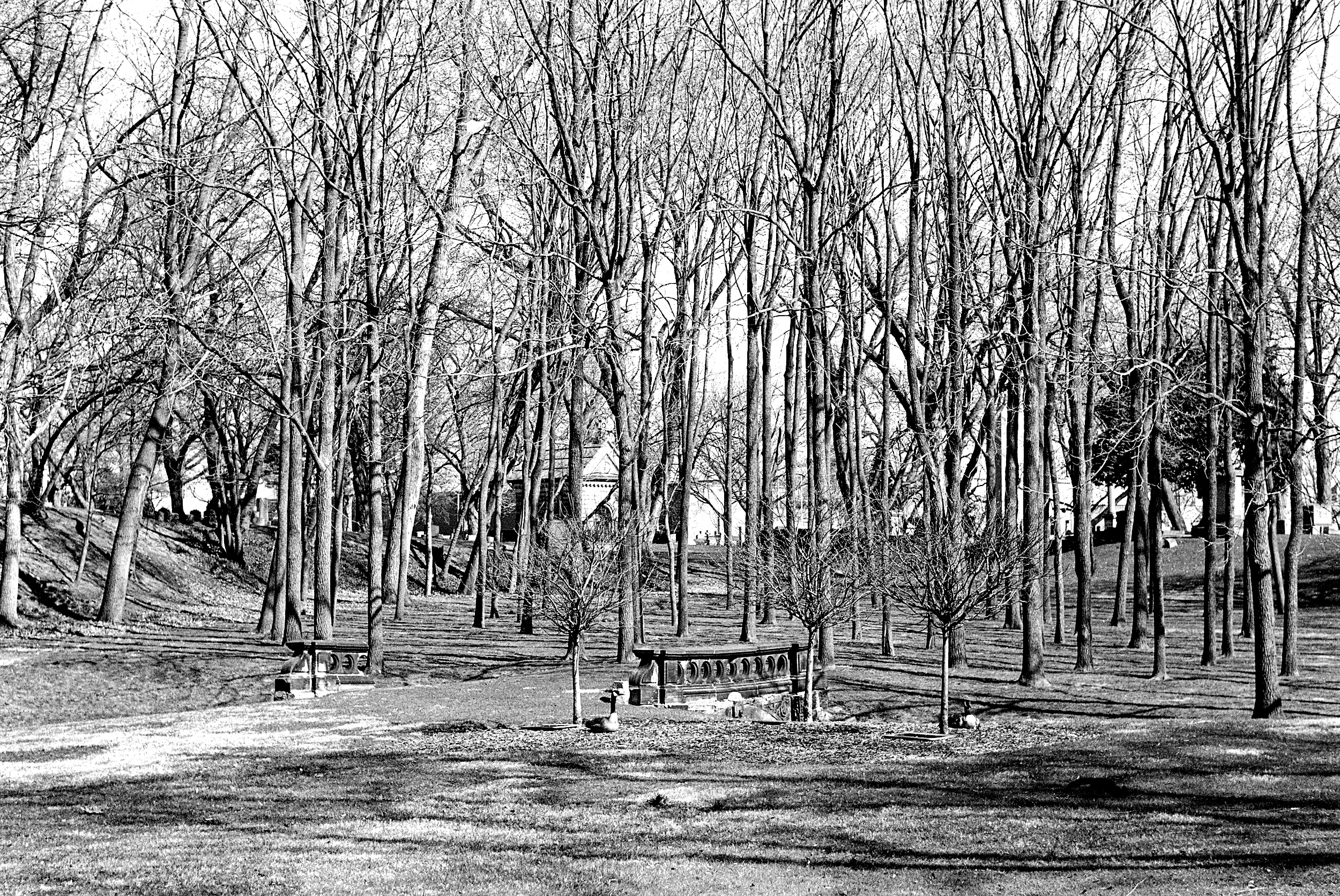
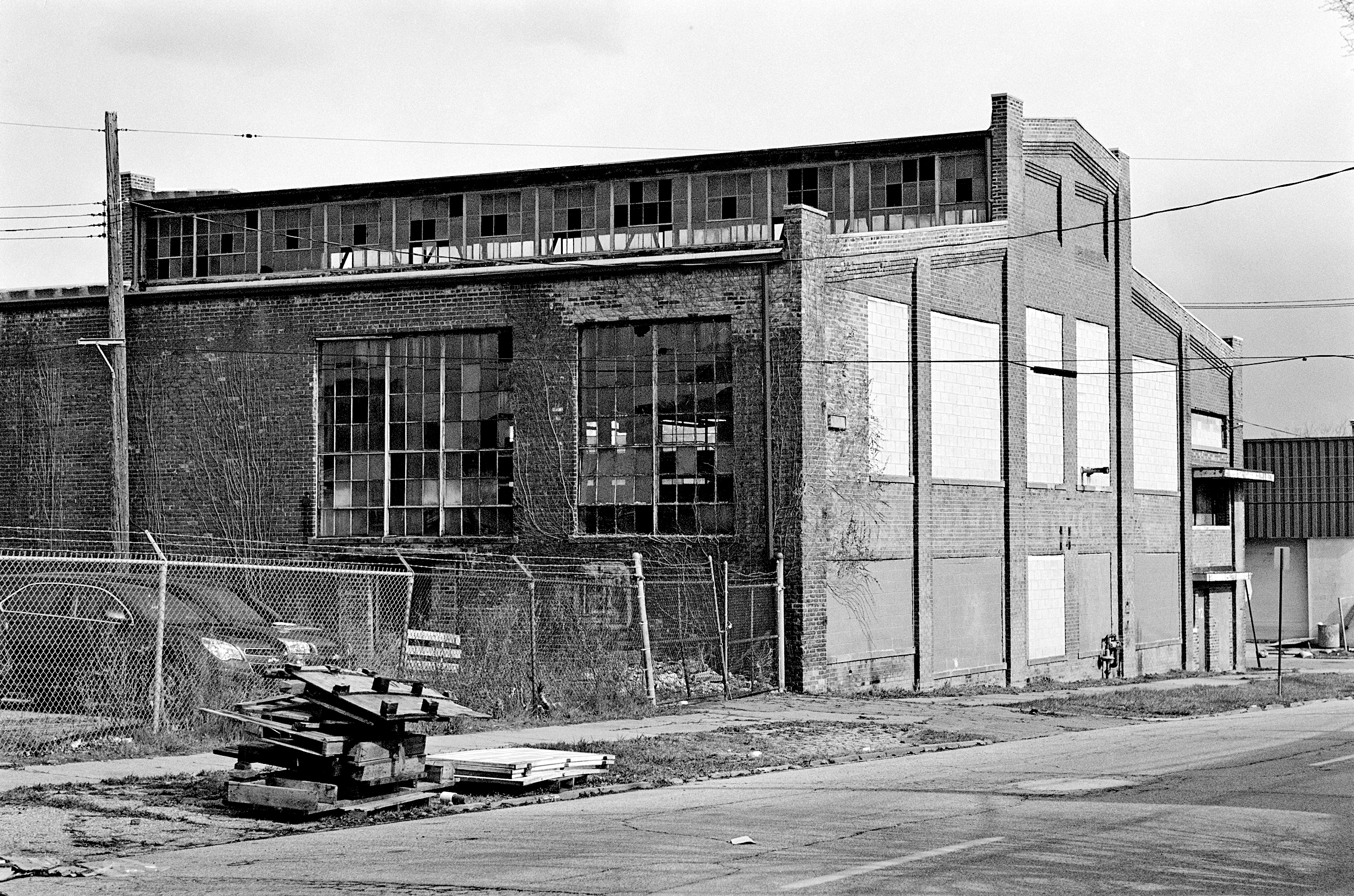

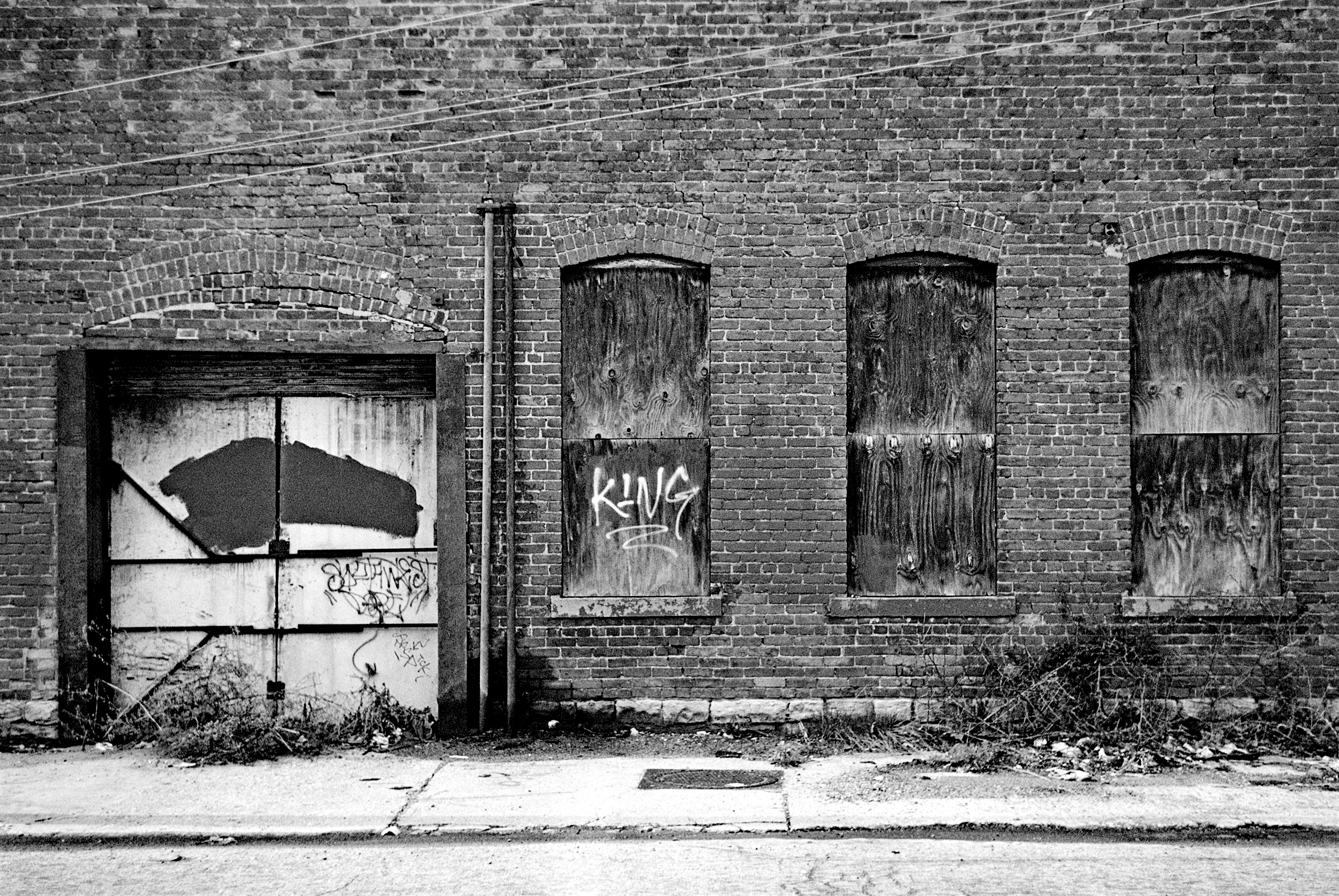
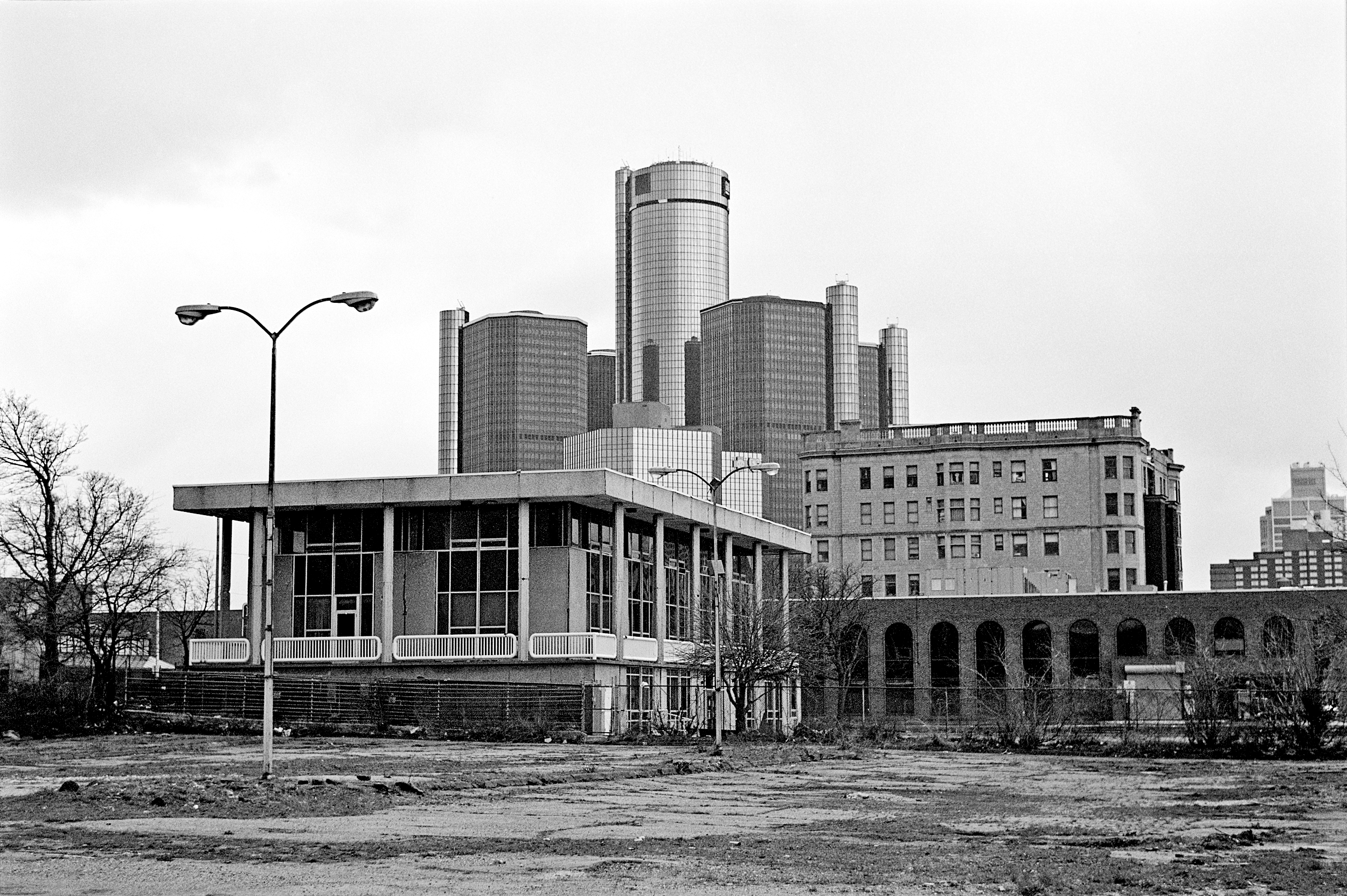
Conclusion
What is mildly impressive about the 44-2 is its center sharpness wide-open — far better than the infamous Sonnar-derived 50/1.5 Jupiter-3 — and is virtually indistinguishable on a 24 megapixel sensor from the Nikkor. Remember that wide-open, the 44-2 only excels at “center sharpness” — so if you like to shoot your close-up shots off-center, then whomp whomp. Although the sharpness out towards the edges gets better and better stopped down, it never quite achieves the performance of even a first-generation Japanese-made SLR lens like the Nikkor. Yes, it does have an interesting out-of-focus effect in certain shots and certain distances wide-open, but it is not an effect that occurs in commonplace photos.
58mm is also not exactly a general-purpose focal length. The stop down operation can really slow you down — even on a metered camera.
M42 is an obsolete lens mount today. On film, the 44-2 can only really be used on M42 cameras produced long ago primarily by Praktica (East German), Zenit (Soviet), and Pentax (Japanese). You can certainly use M42 lenses on Konica bodies with the right adapter — but Konica lenses, especially its 50mms, are so much better than the 44-2 or probably any other M42 50mm lens. All other adapters (Canon, Nikon, etc.) will not provide a full range of focus unless you buy one with an auxiliary glass element (which will degrade image quality). The 44-2 lens will mount and operate fine on any mirrorless camera.
For digital photography and digital video, the 44-2 has its fans.
Because the Soviets mass-manufactured camera equipment and exported much of it around the world, a draw may be that Helios 44-2s are cheap and easy to find. Getting a good one might be a crapshoot, though. If I were to do this all over again, I would have gone for the most modern, multicoated version of the 44 (the 44-7 or whatever) with automatic diaphragm operation. At the end of the day, the Helios 44-2 can be considered a “one-trick” pony — when shot wide-open, it produces a different kind of effect in very limited circumstances. Otherwise, just get the 50 that was designed for your camera.